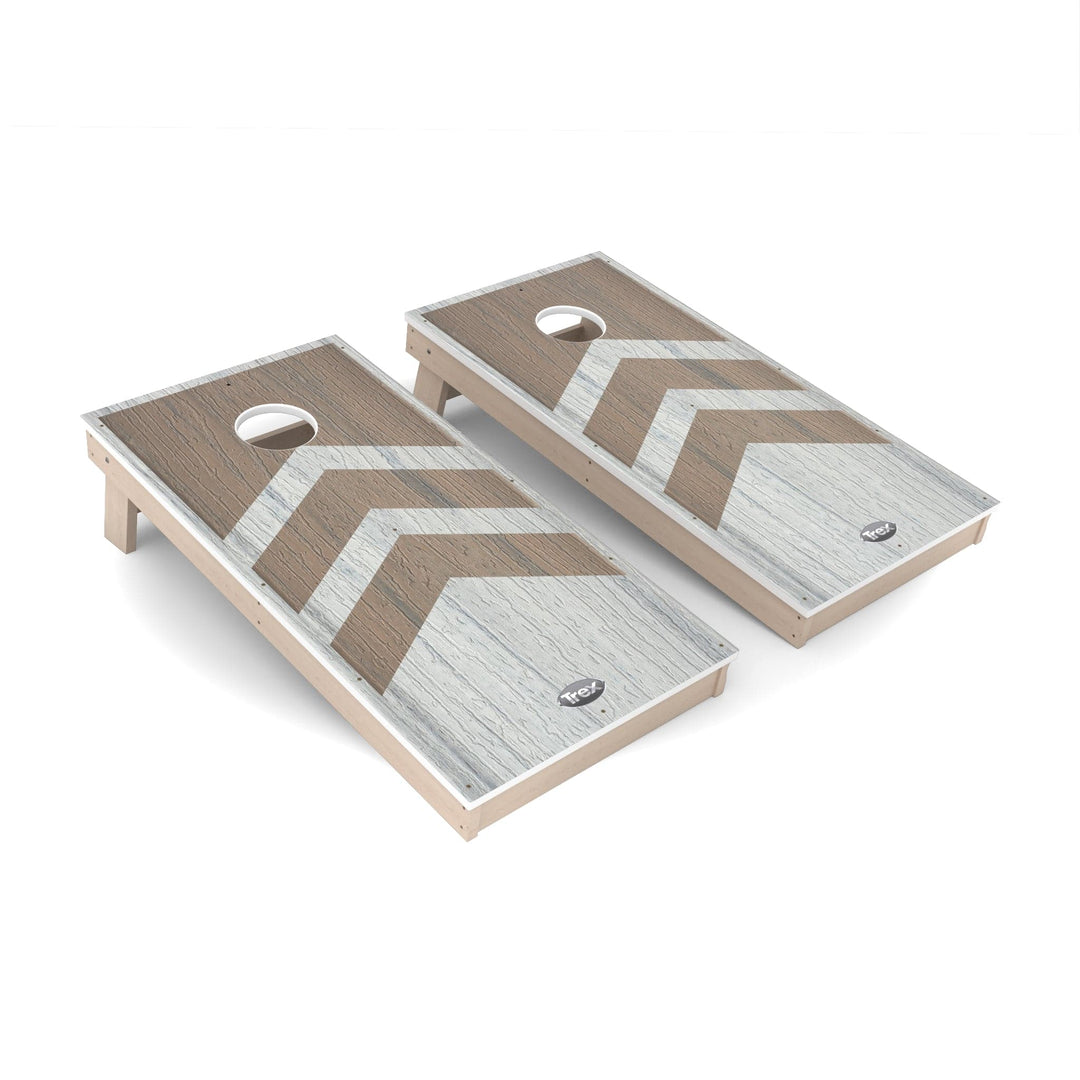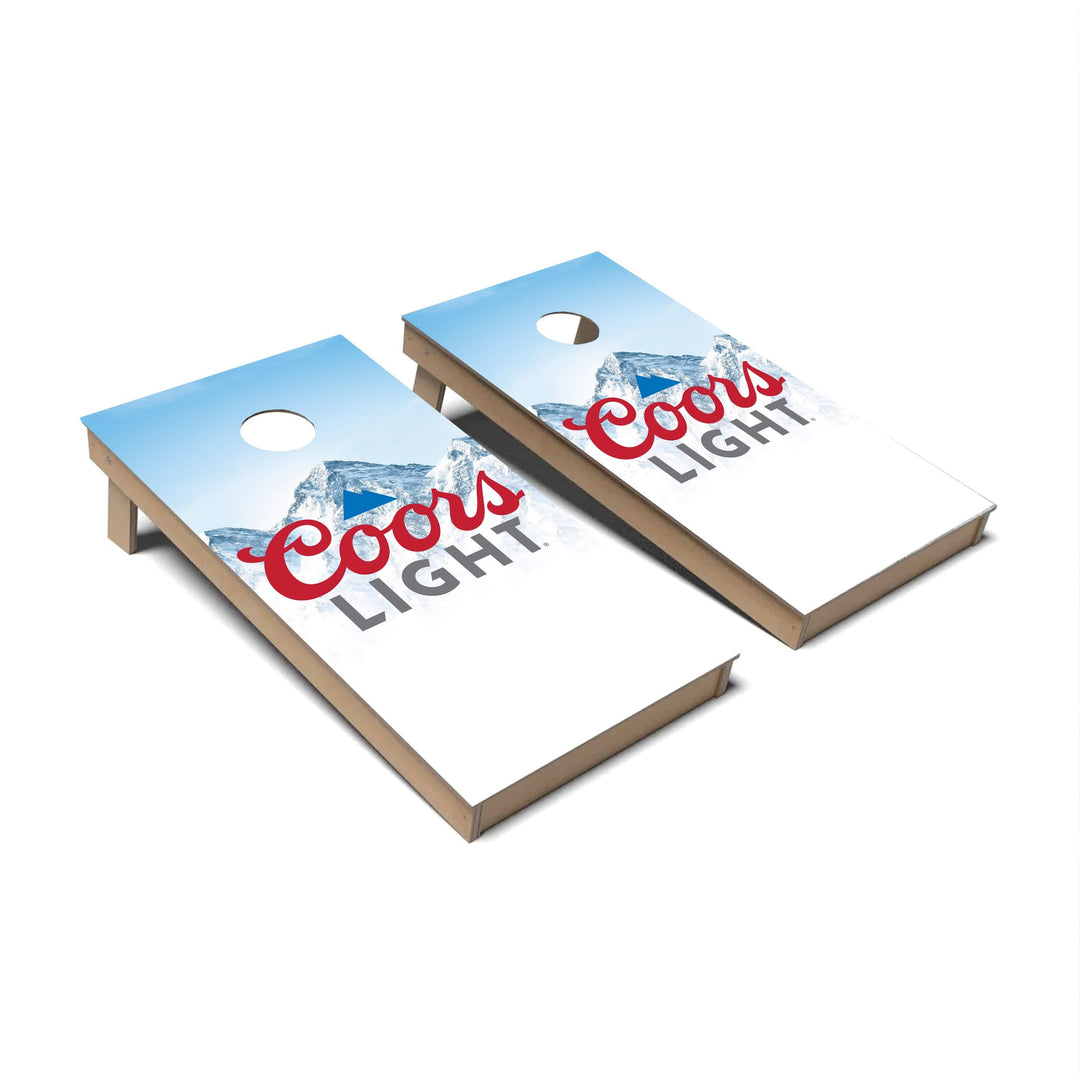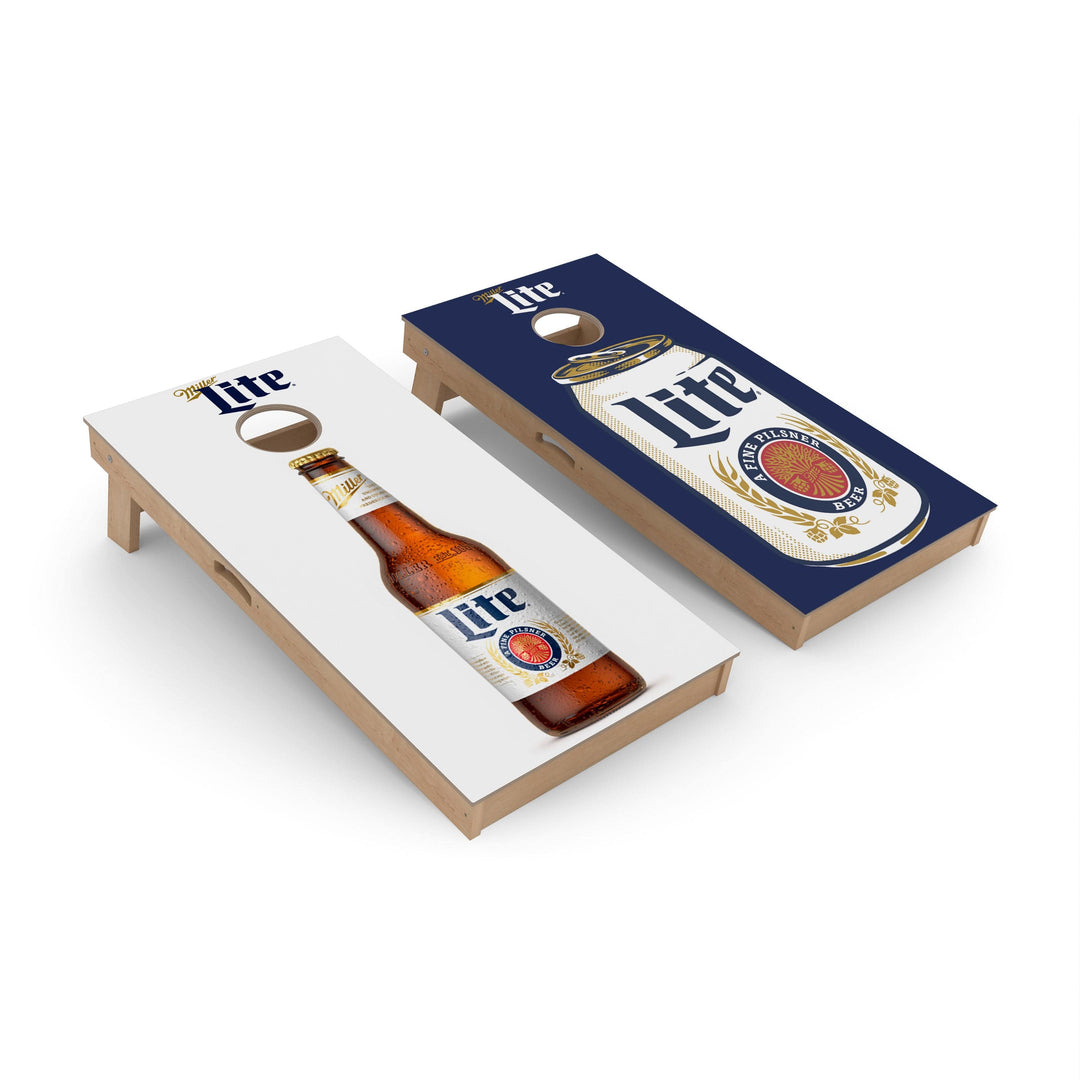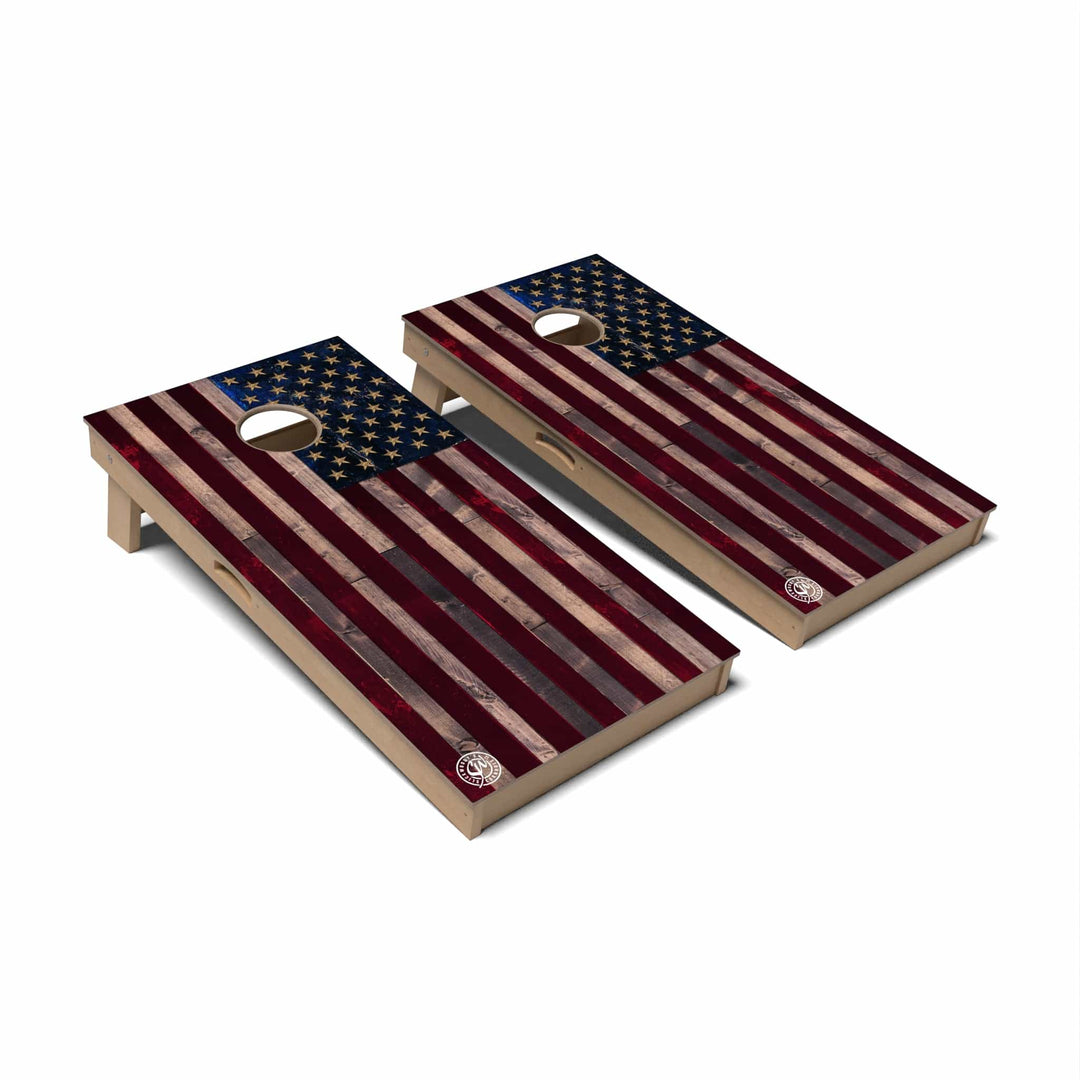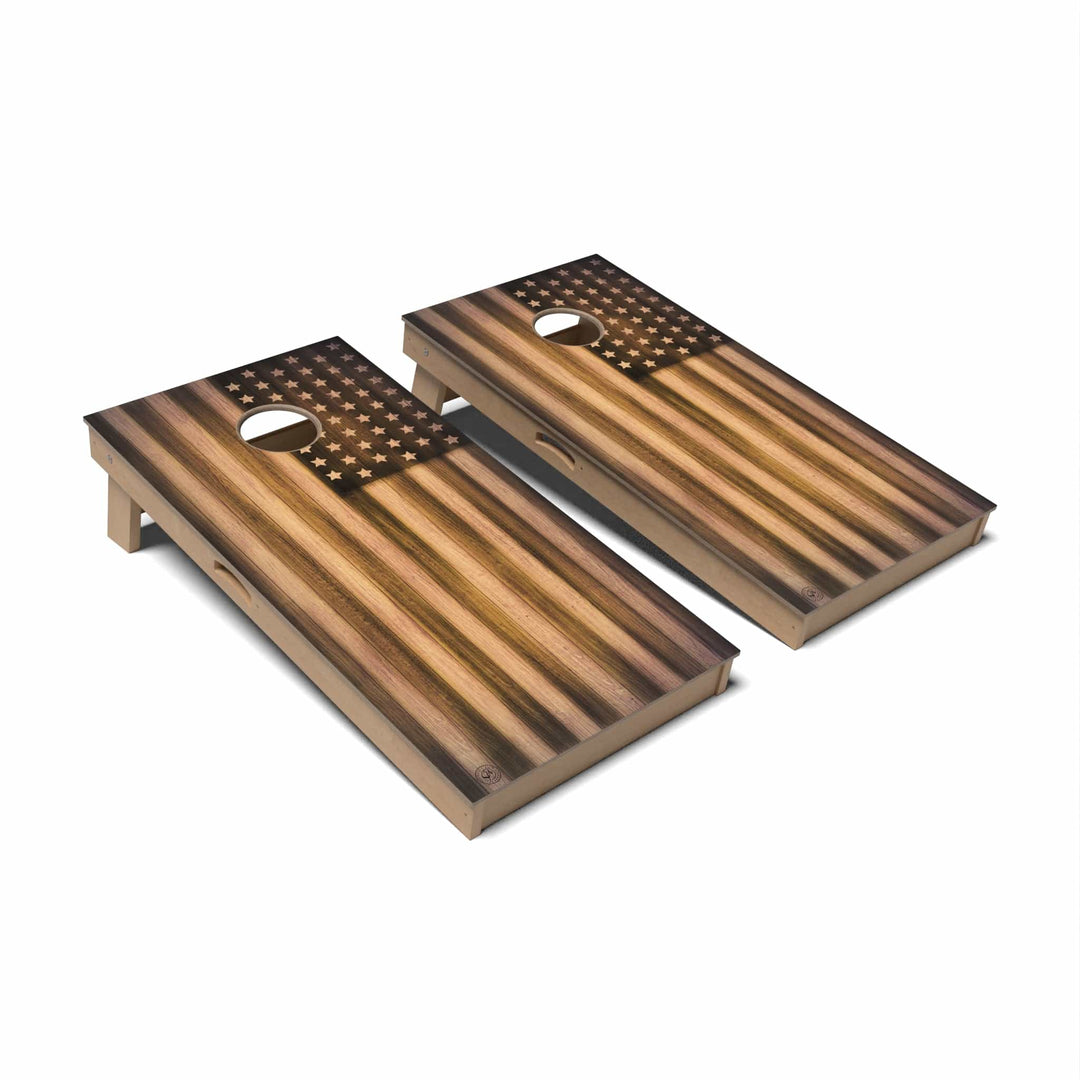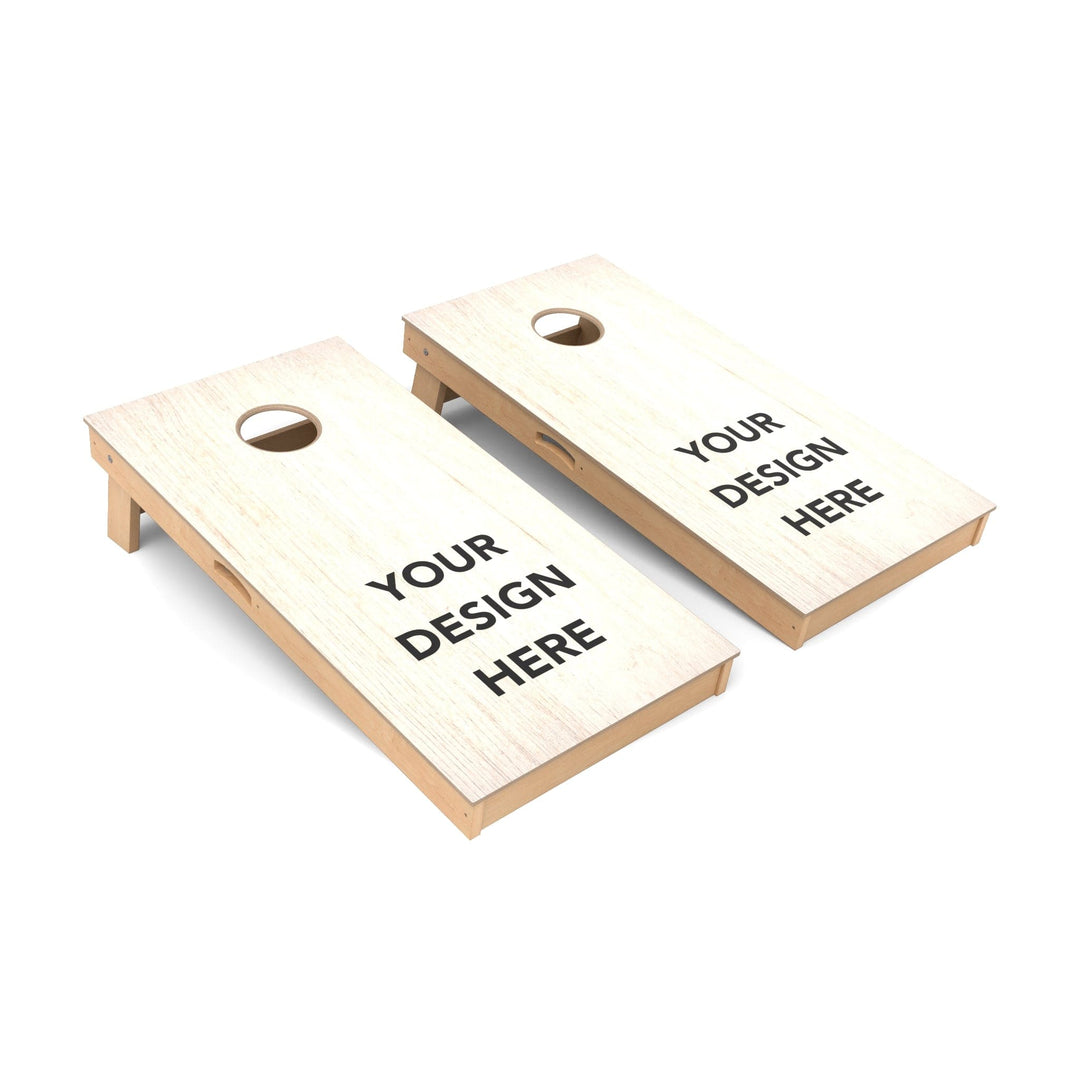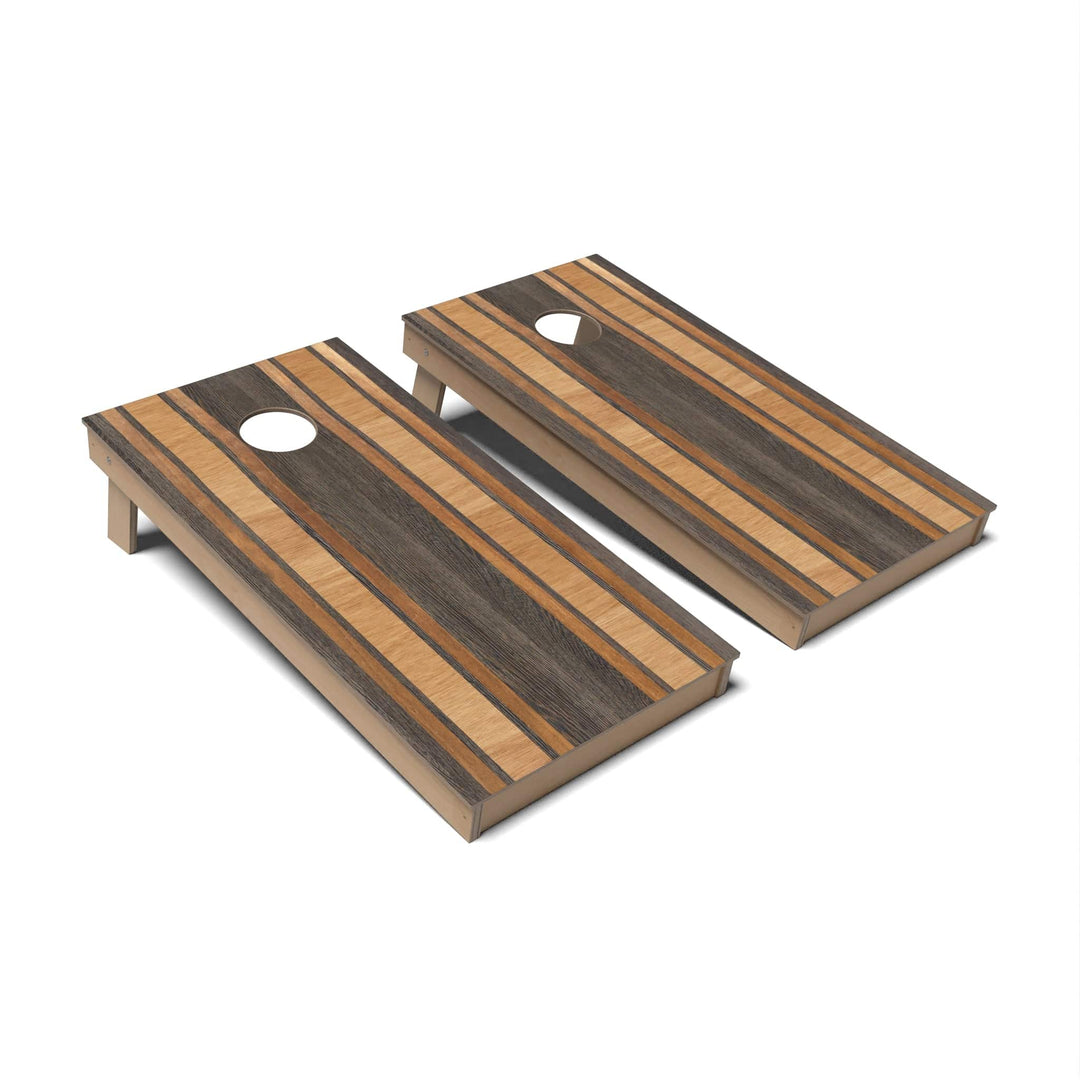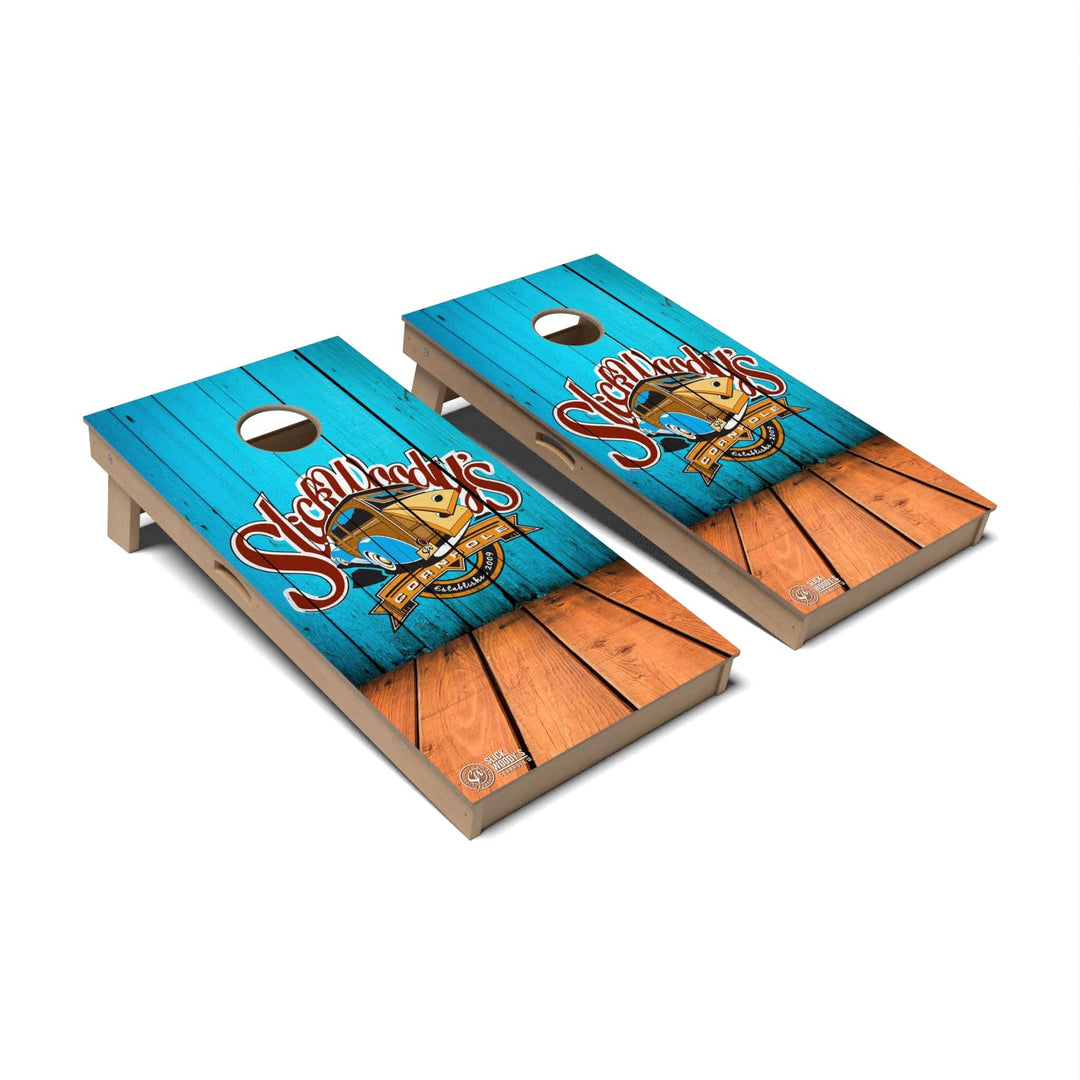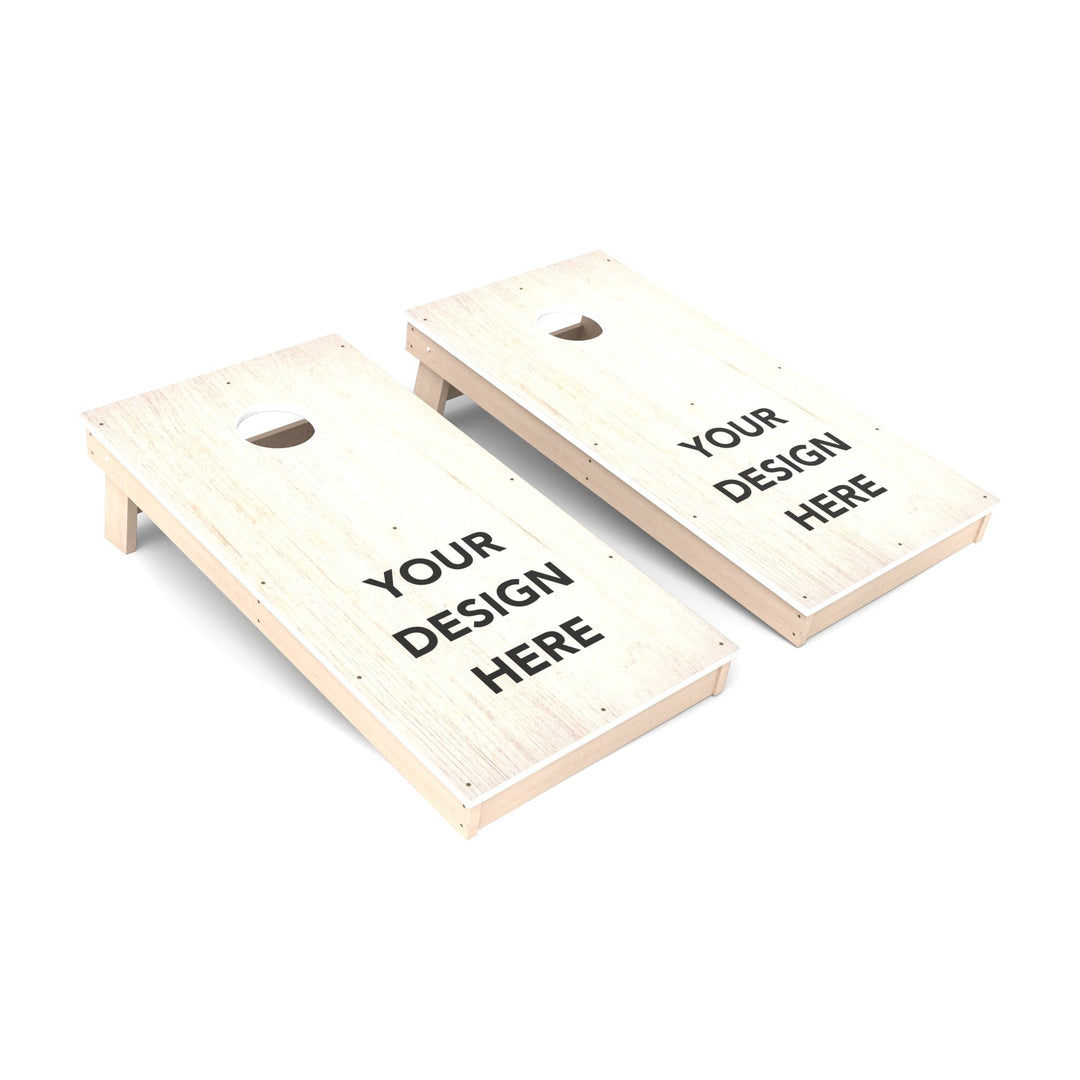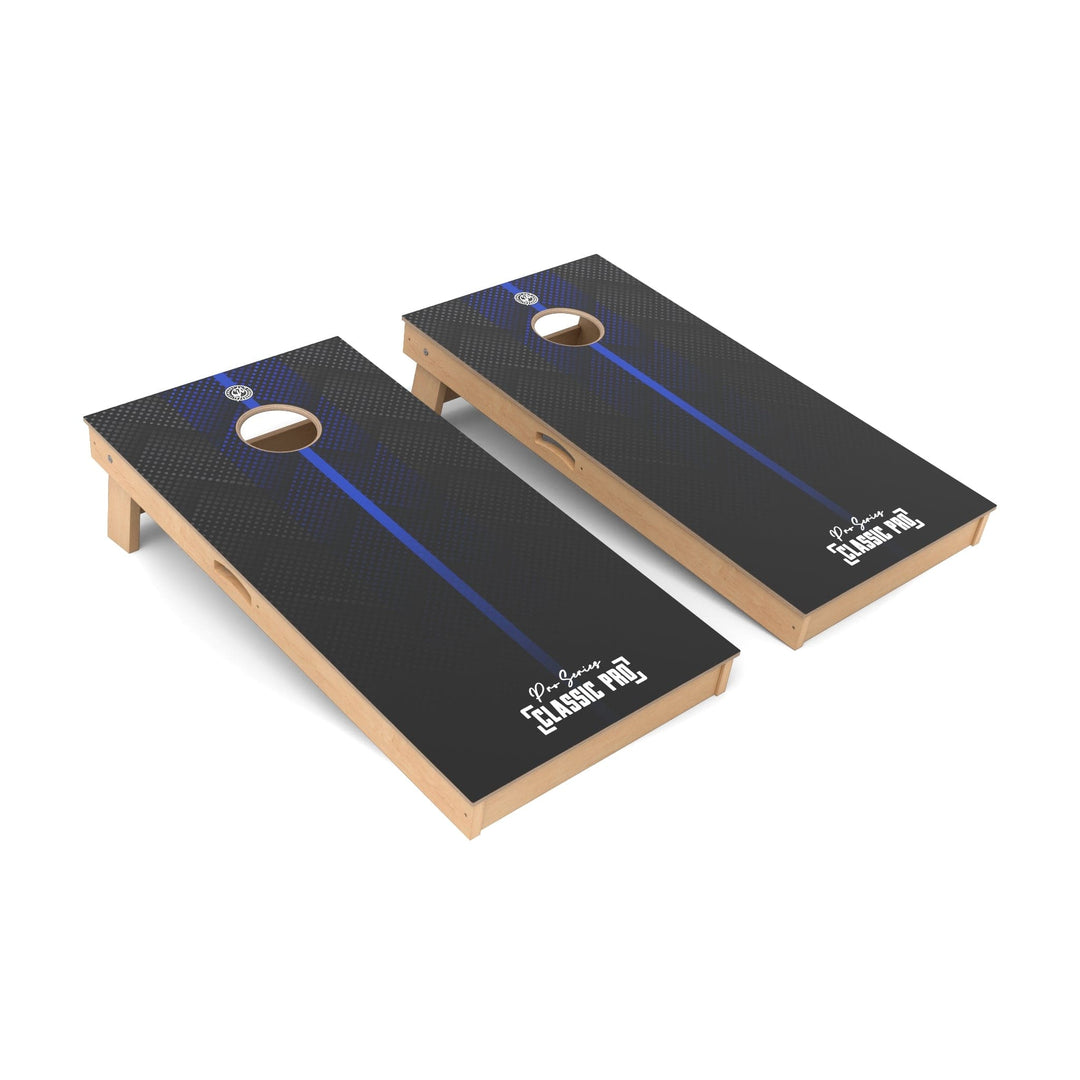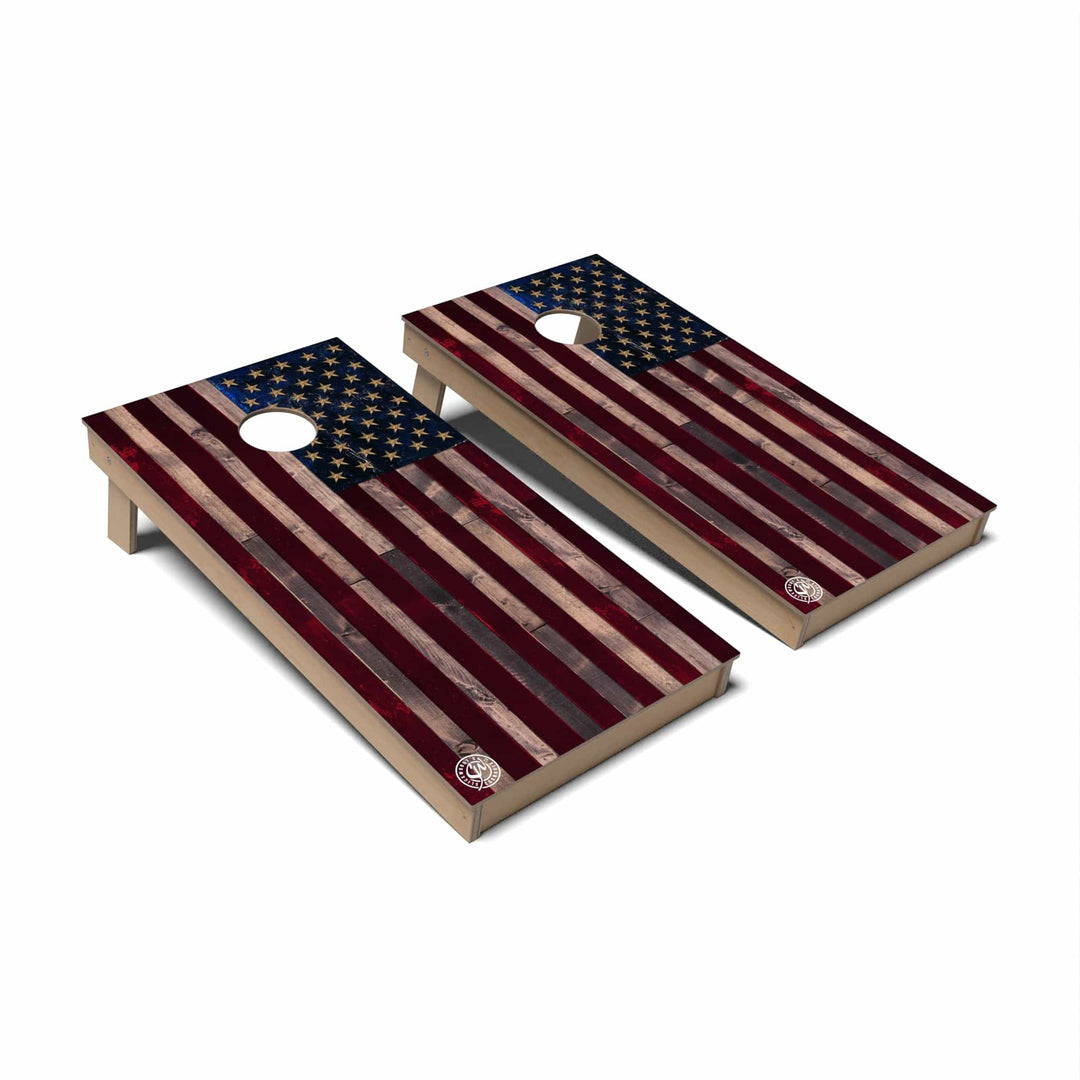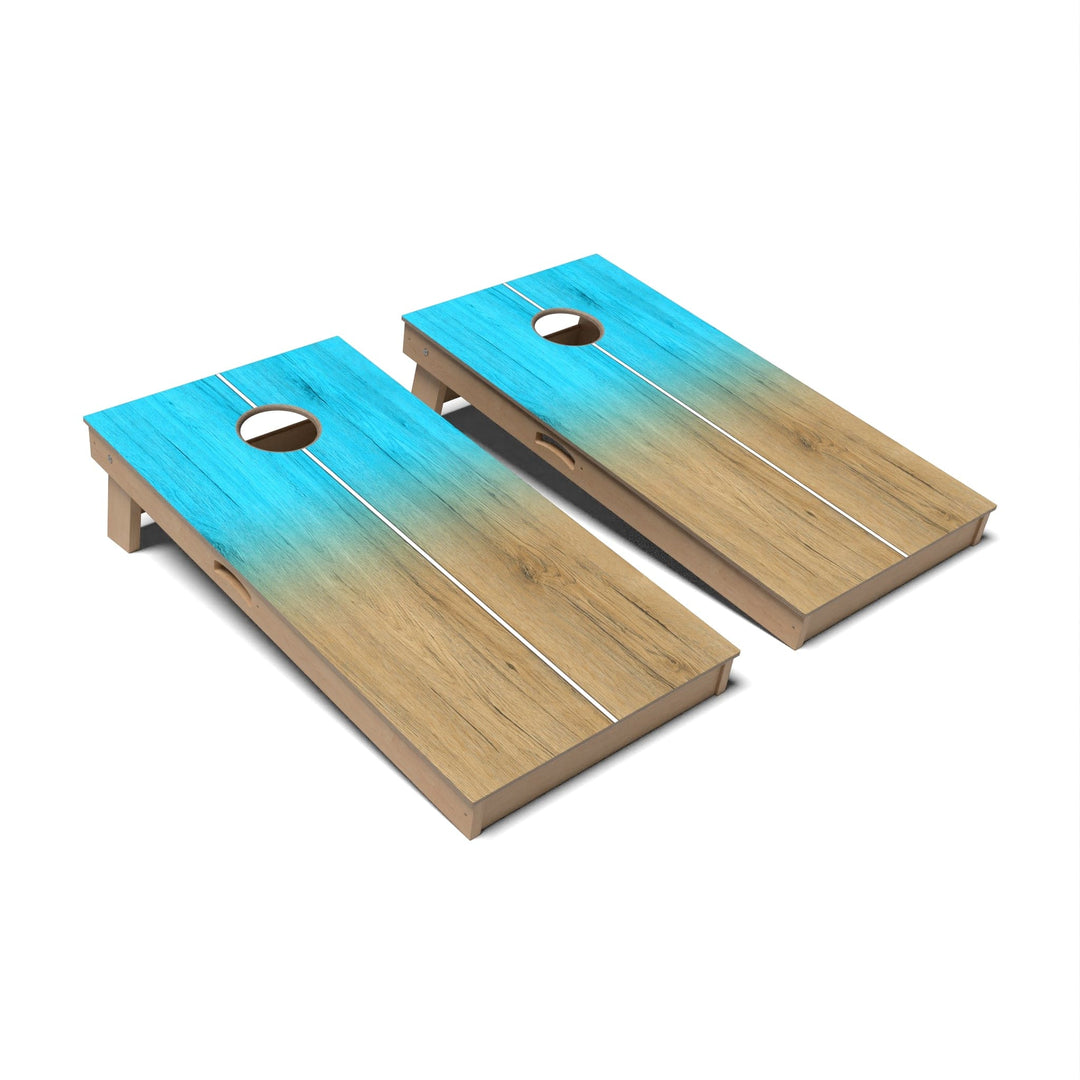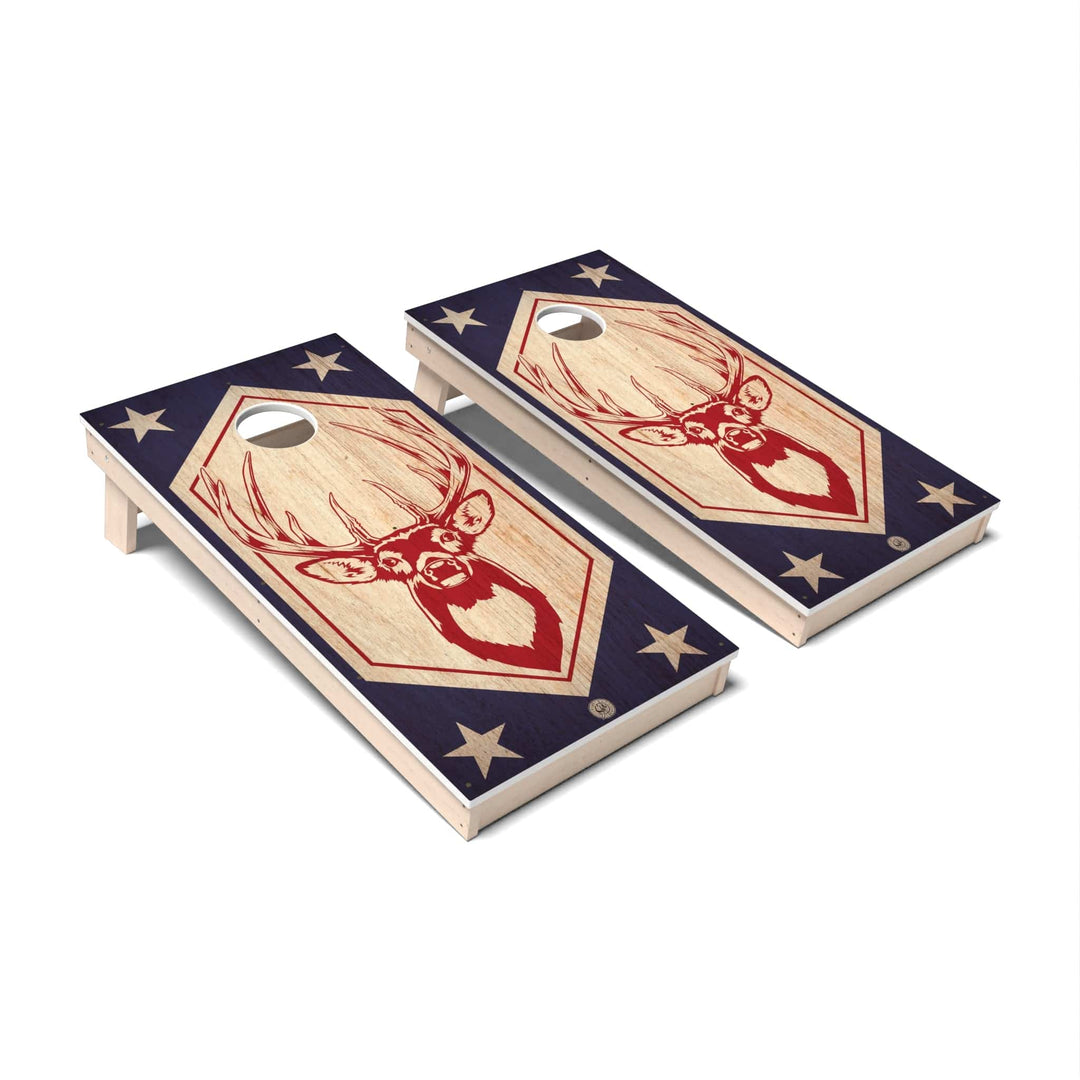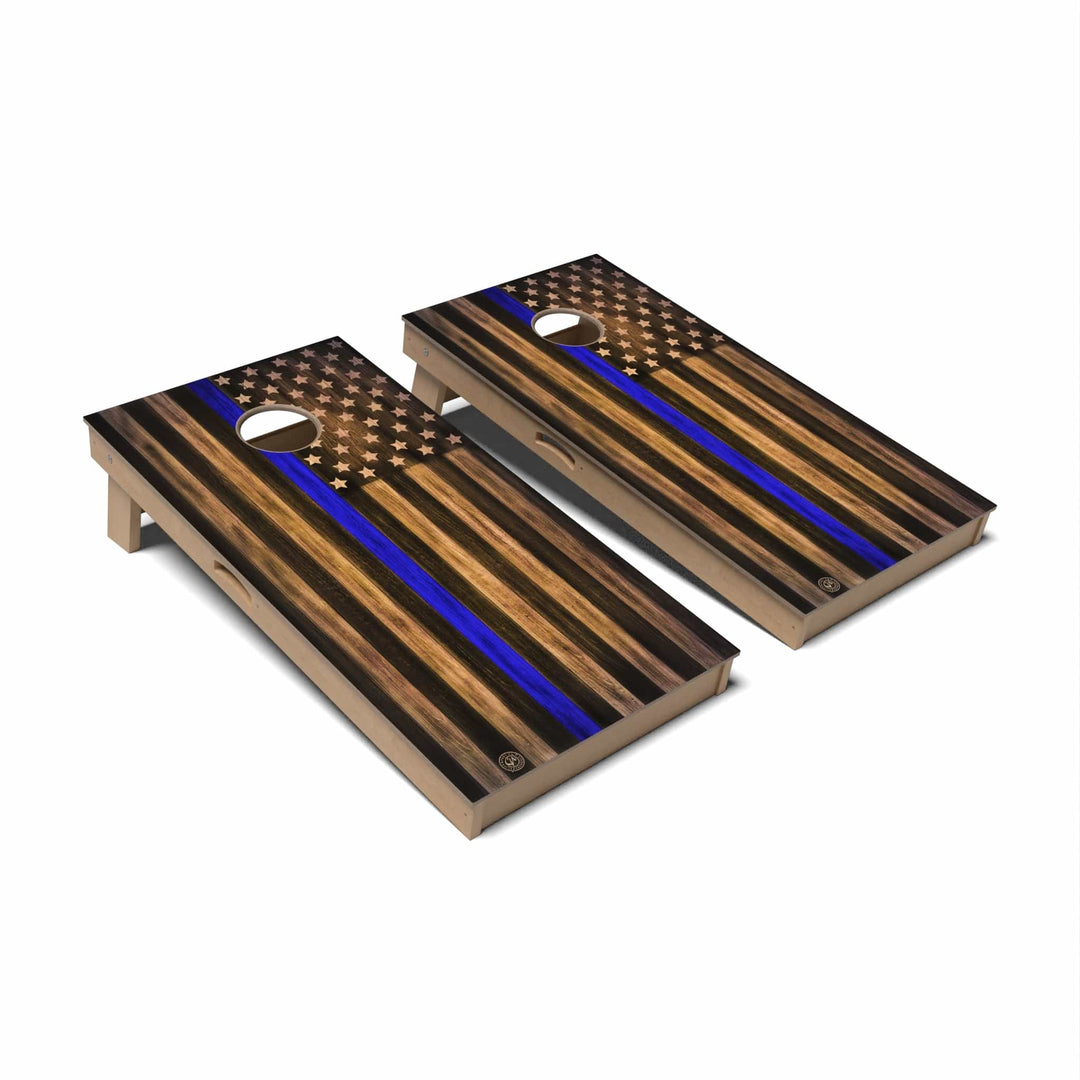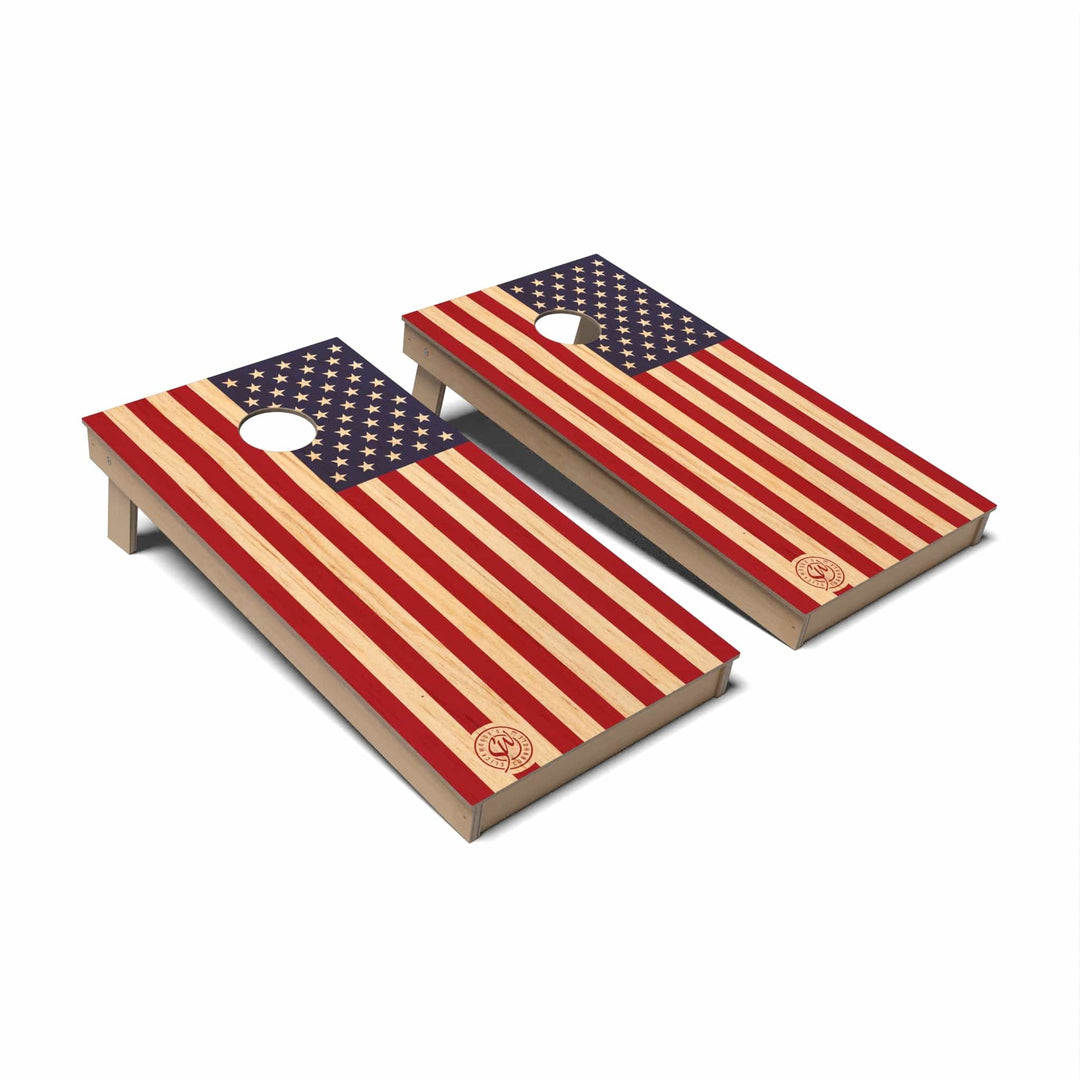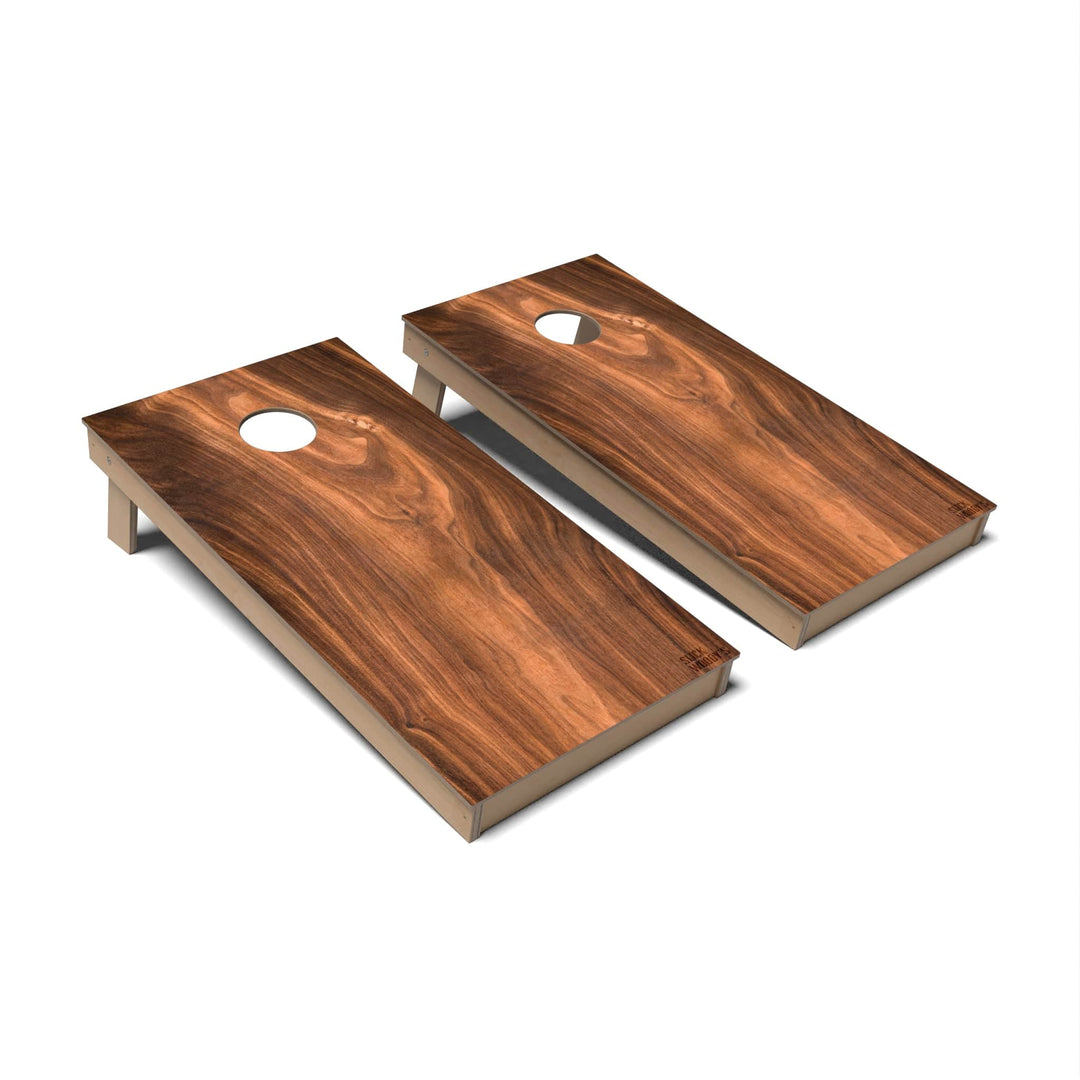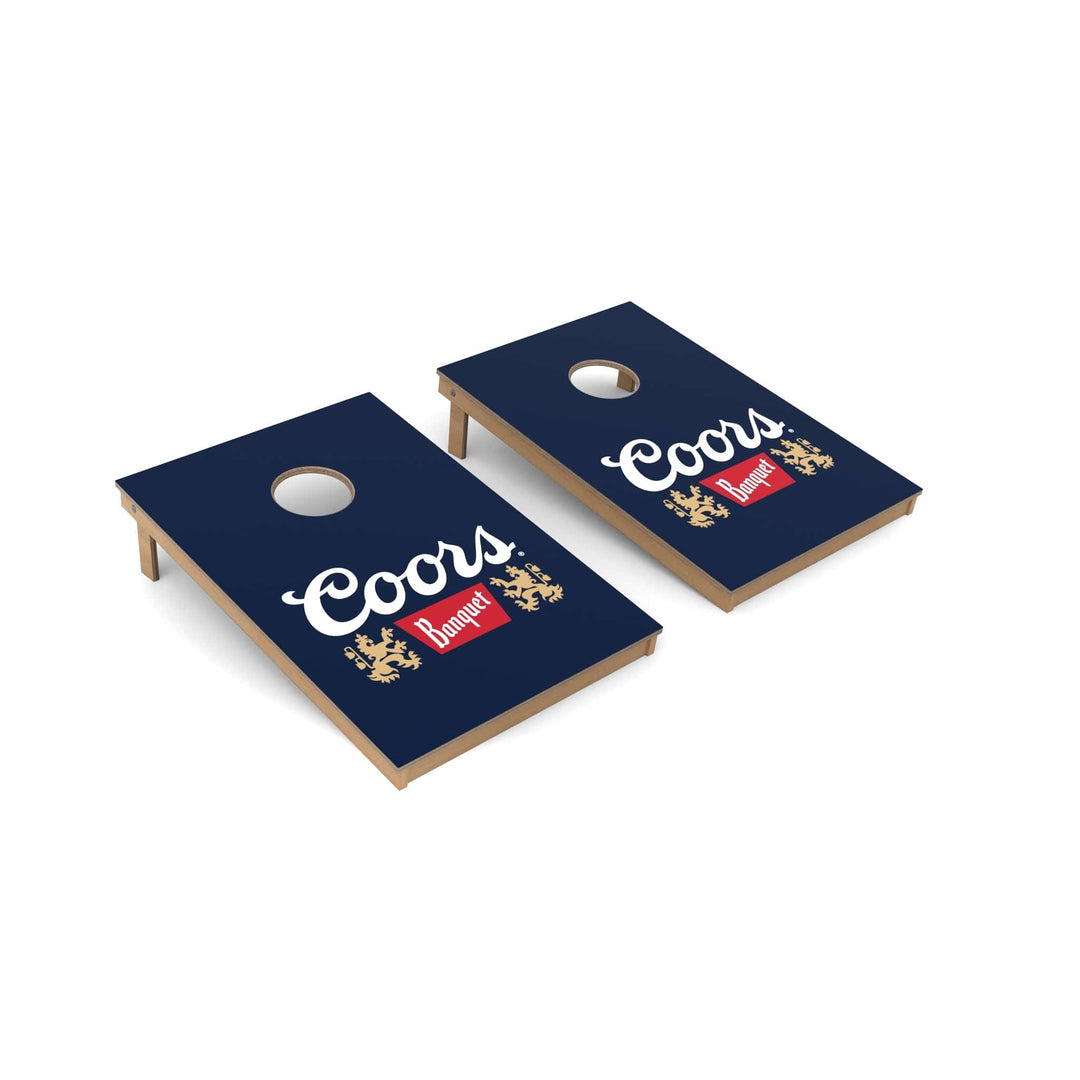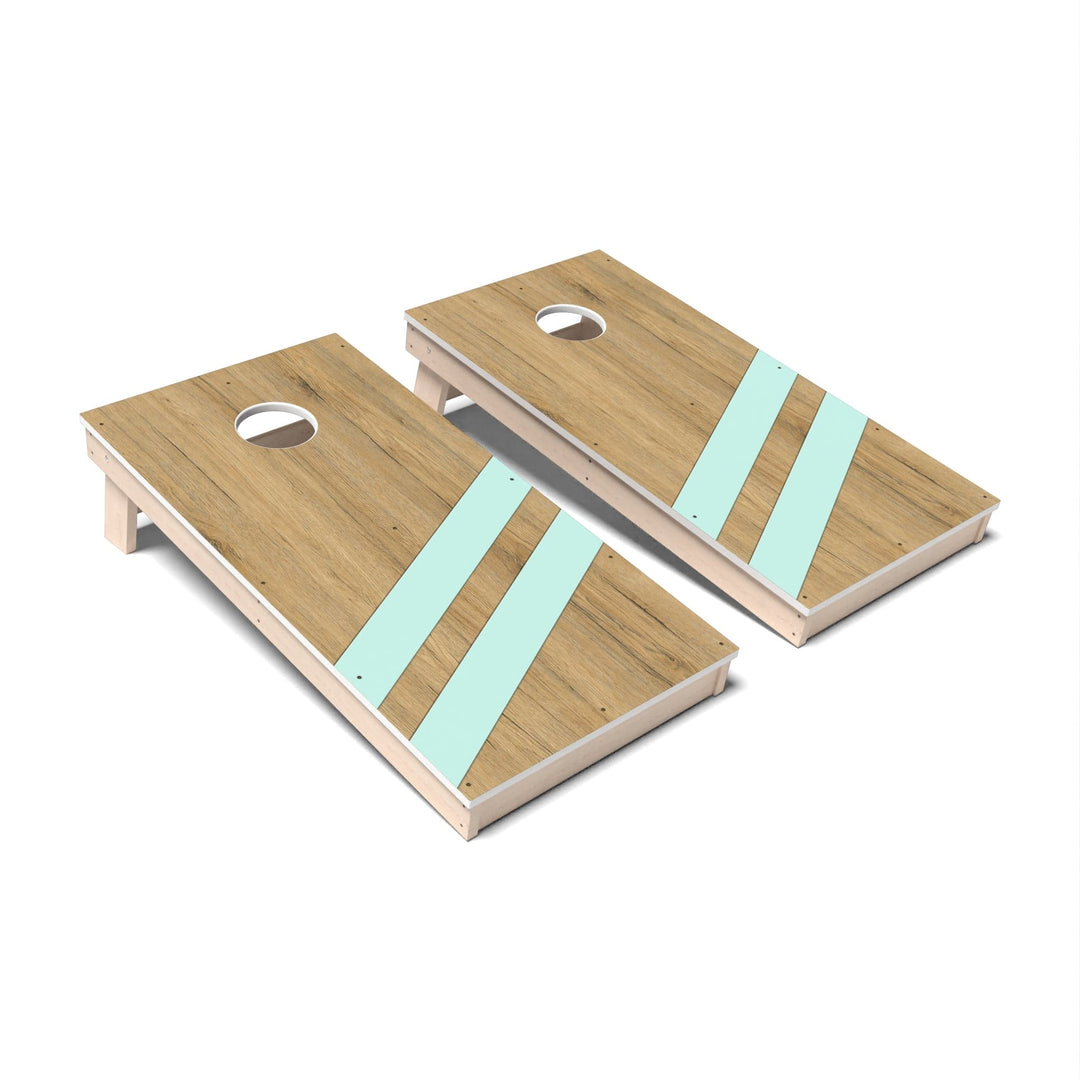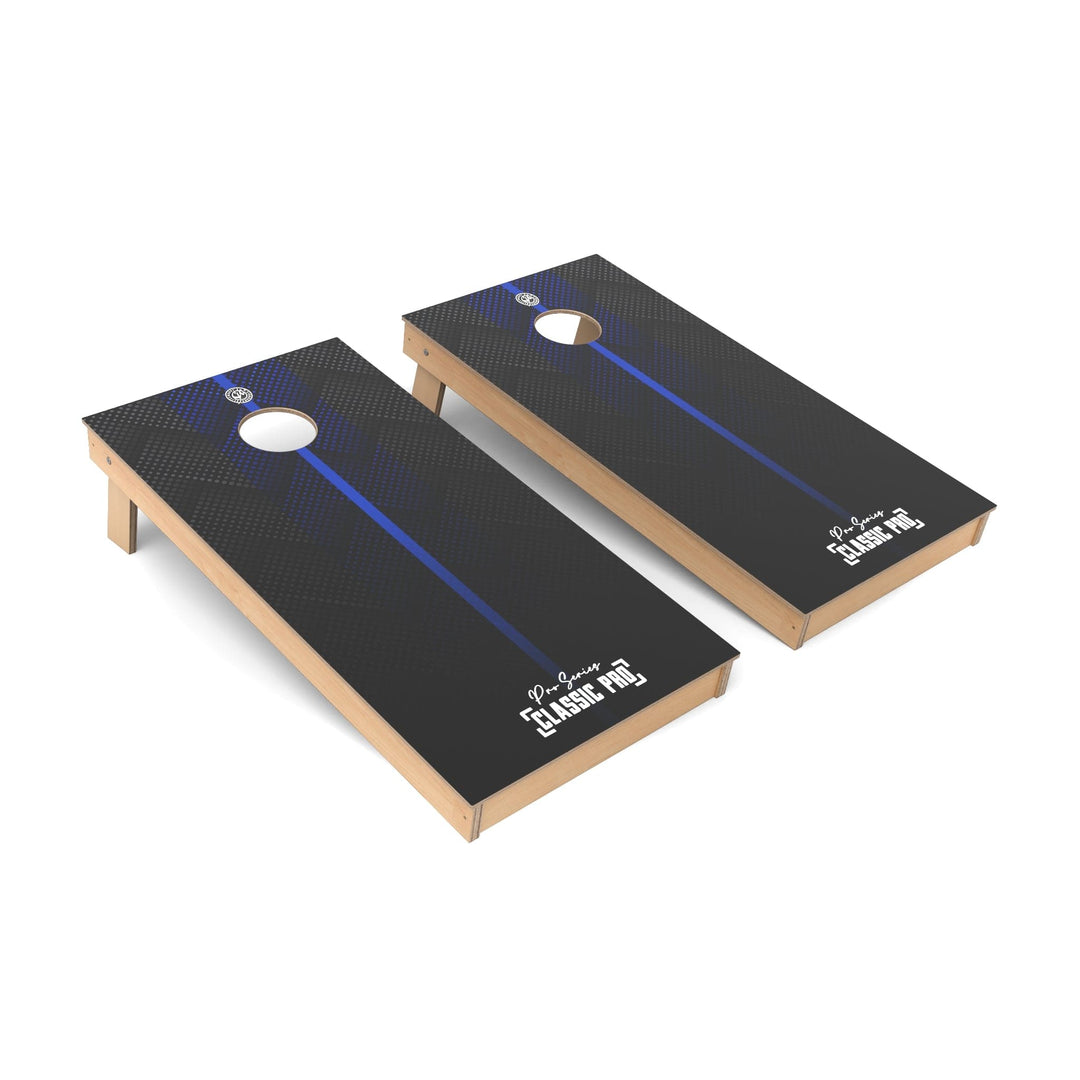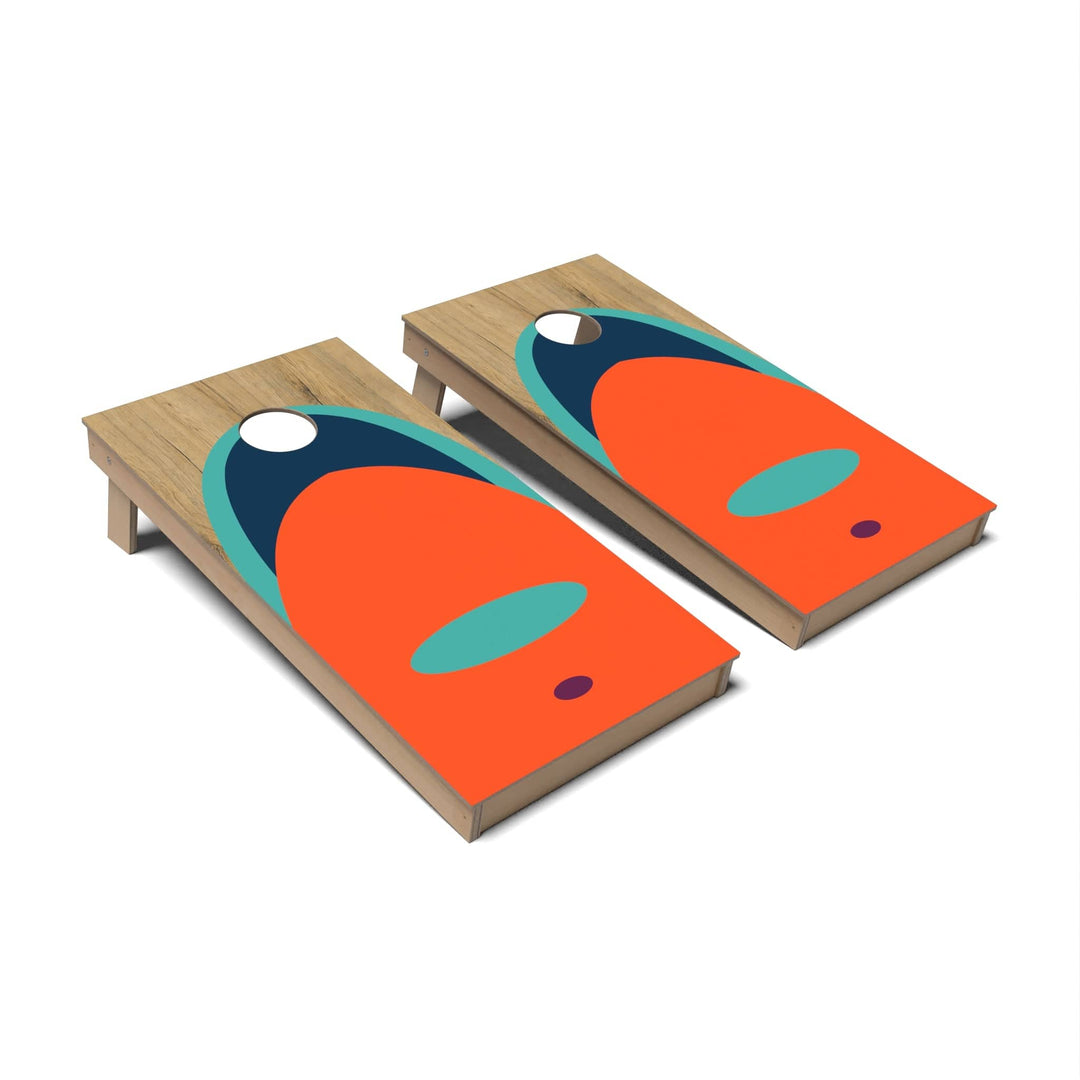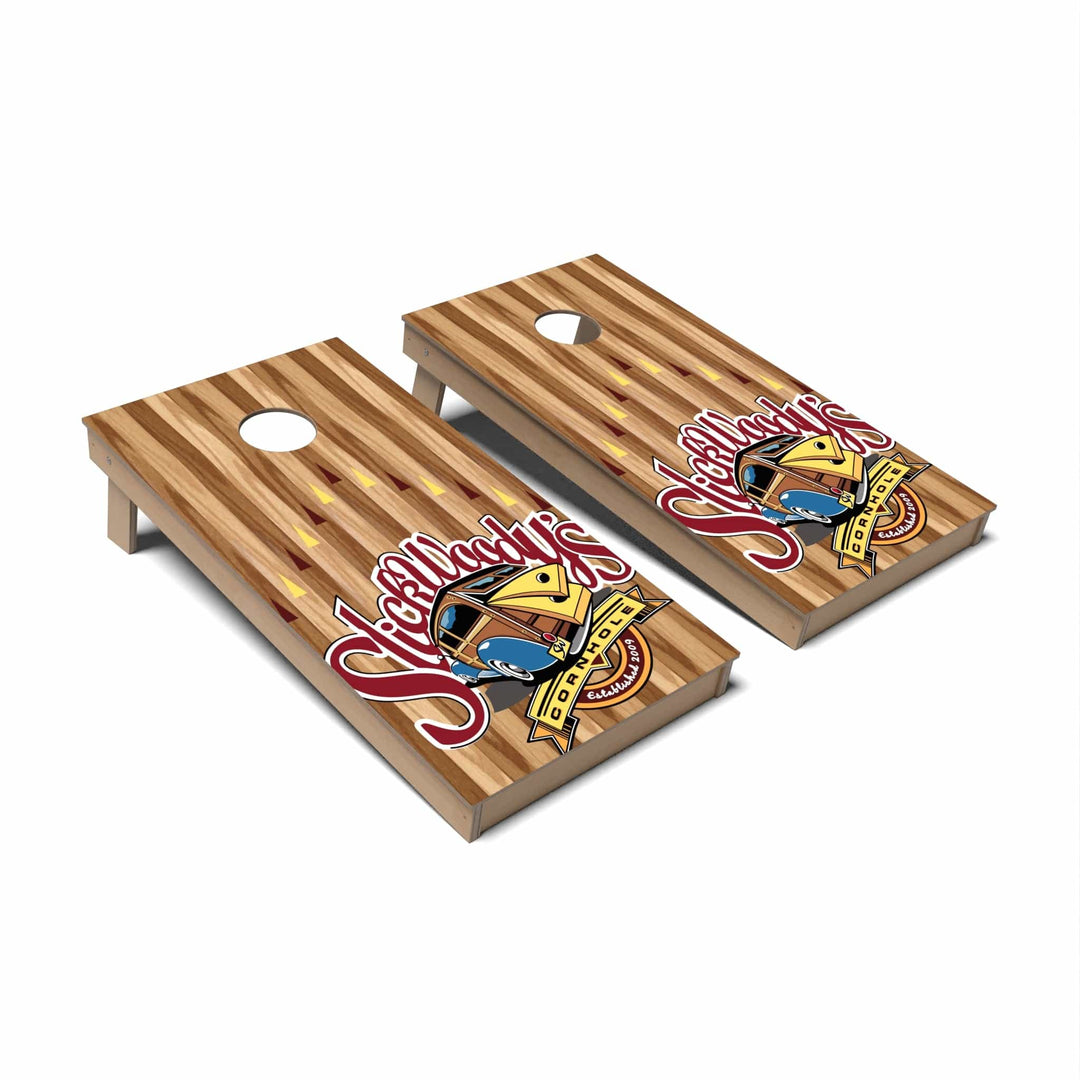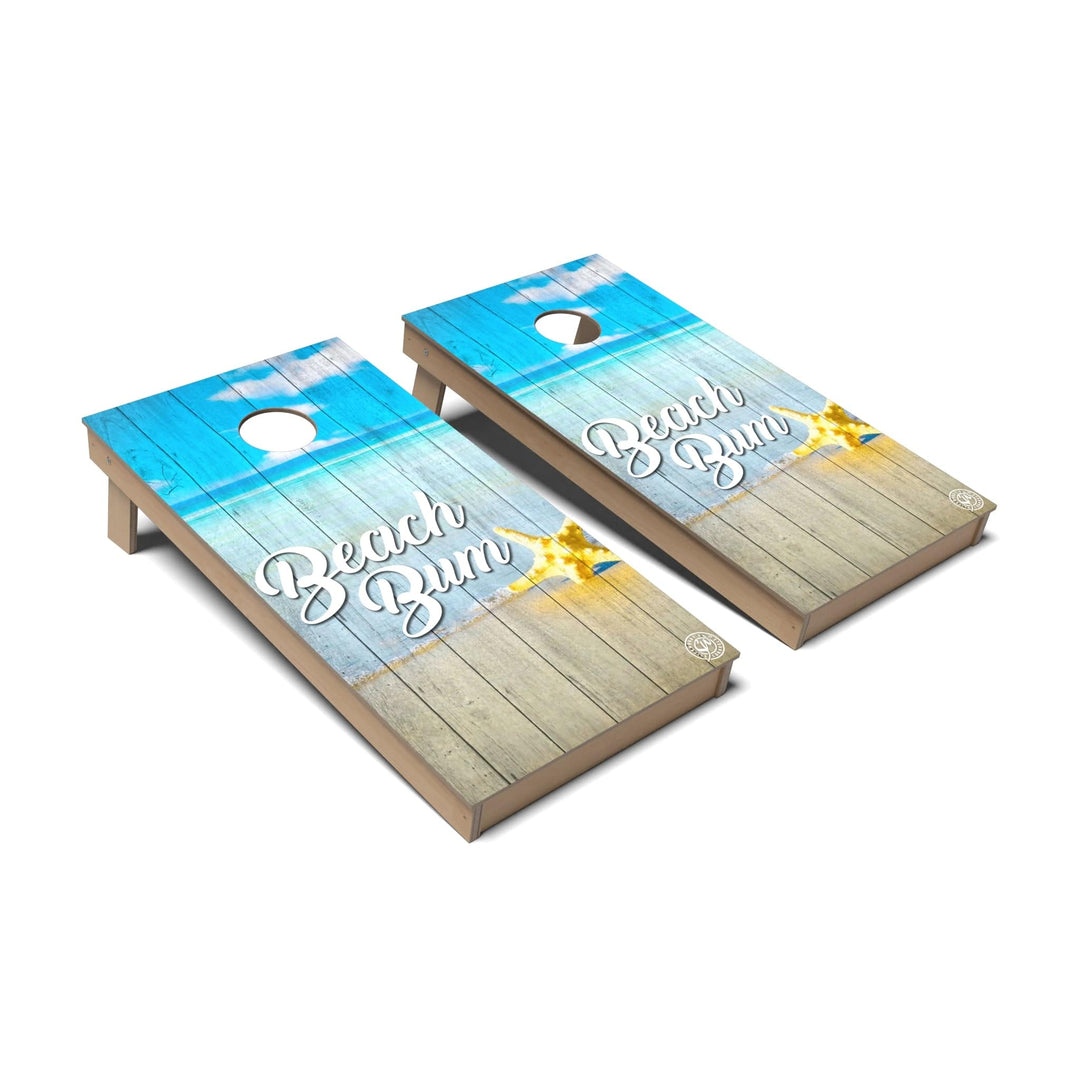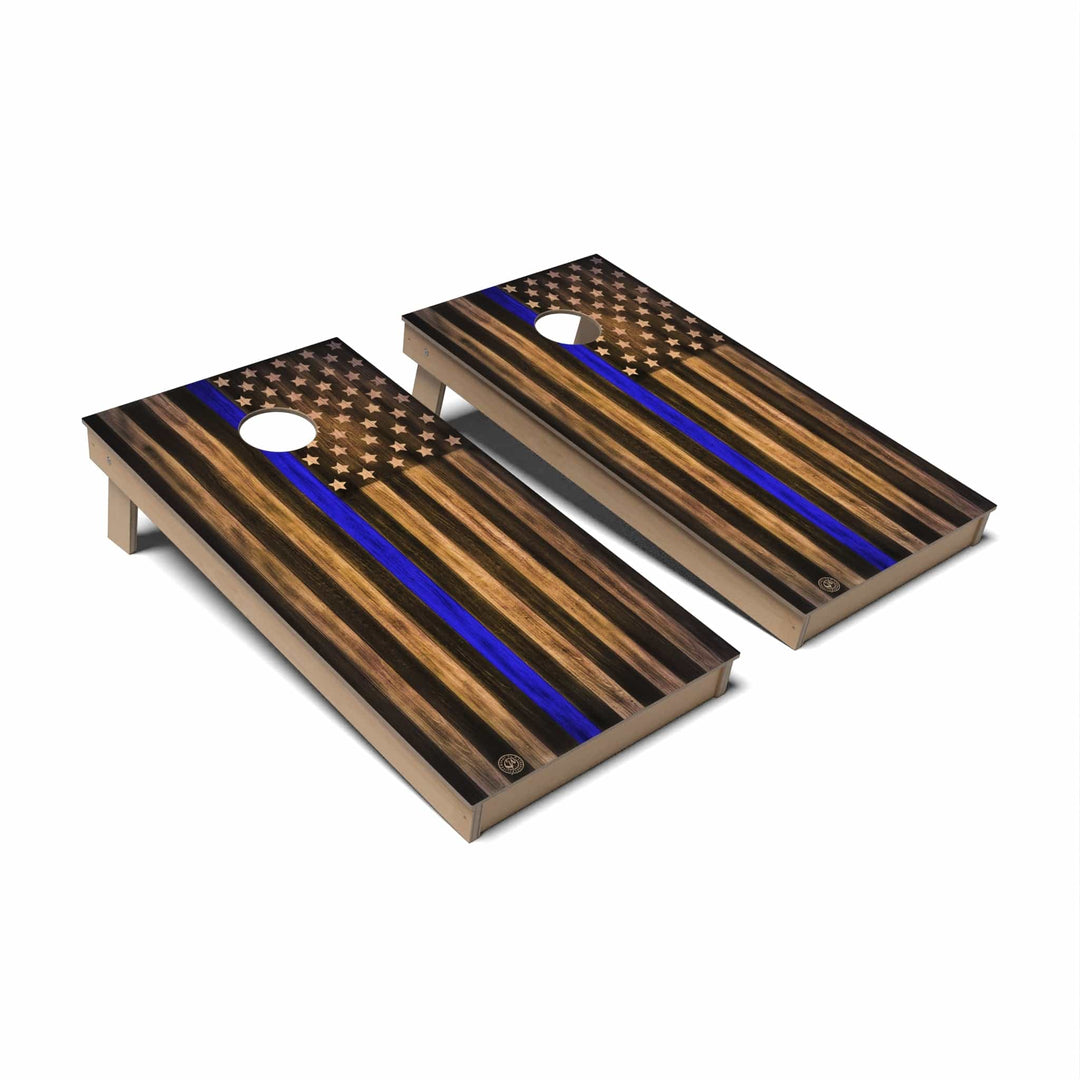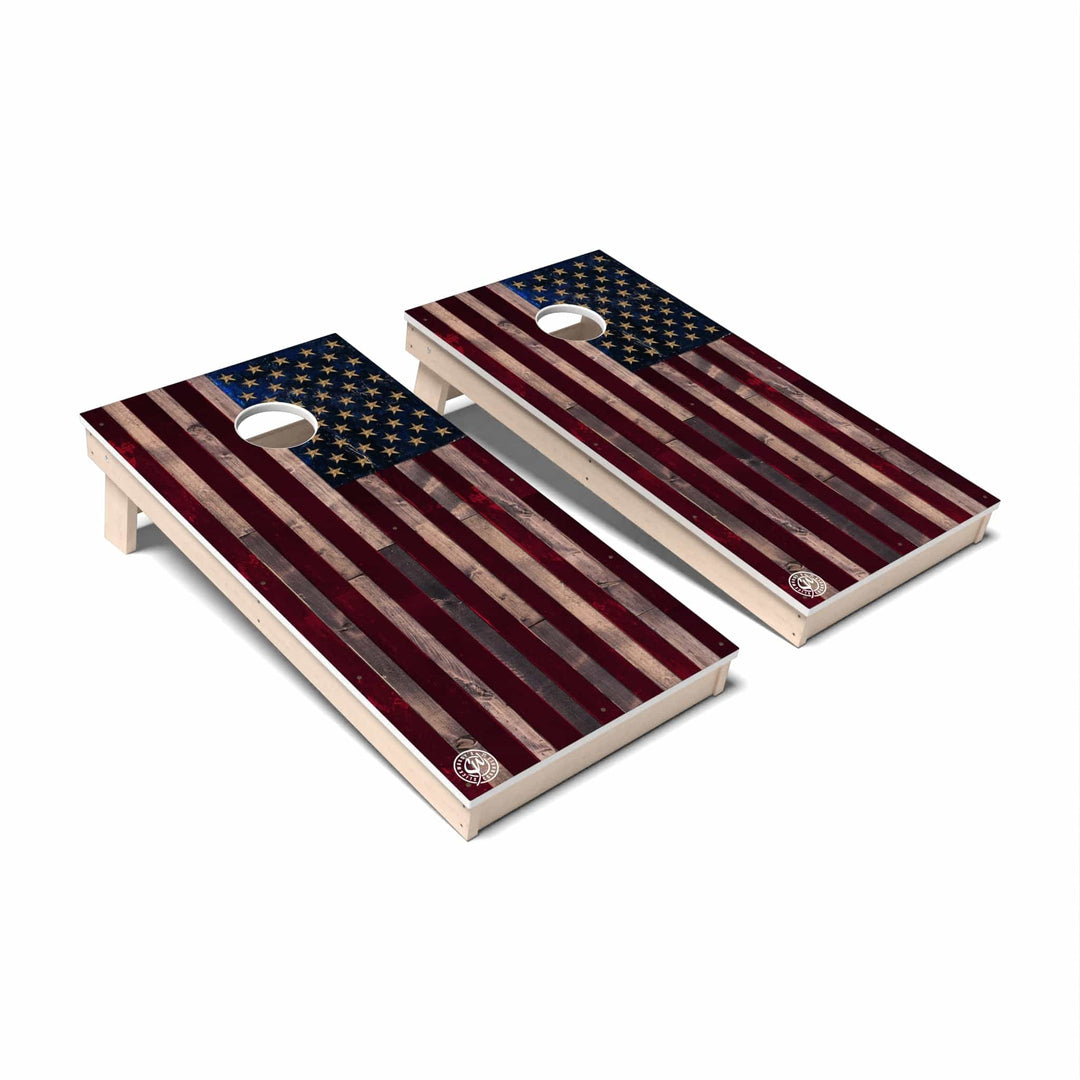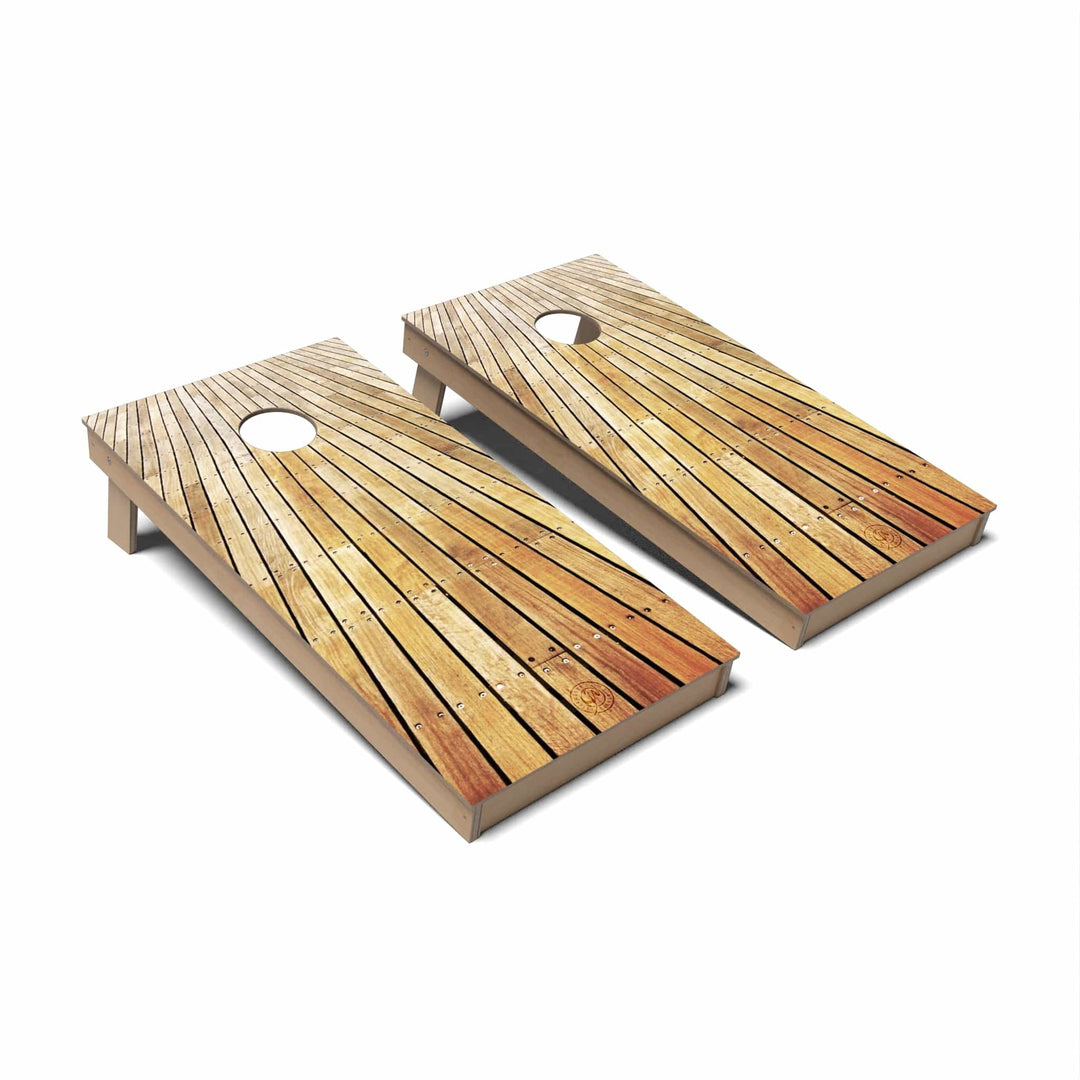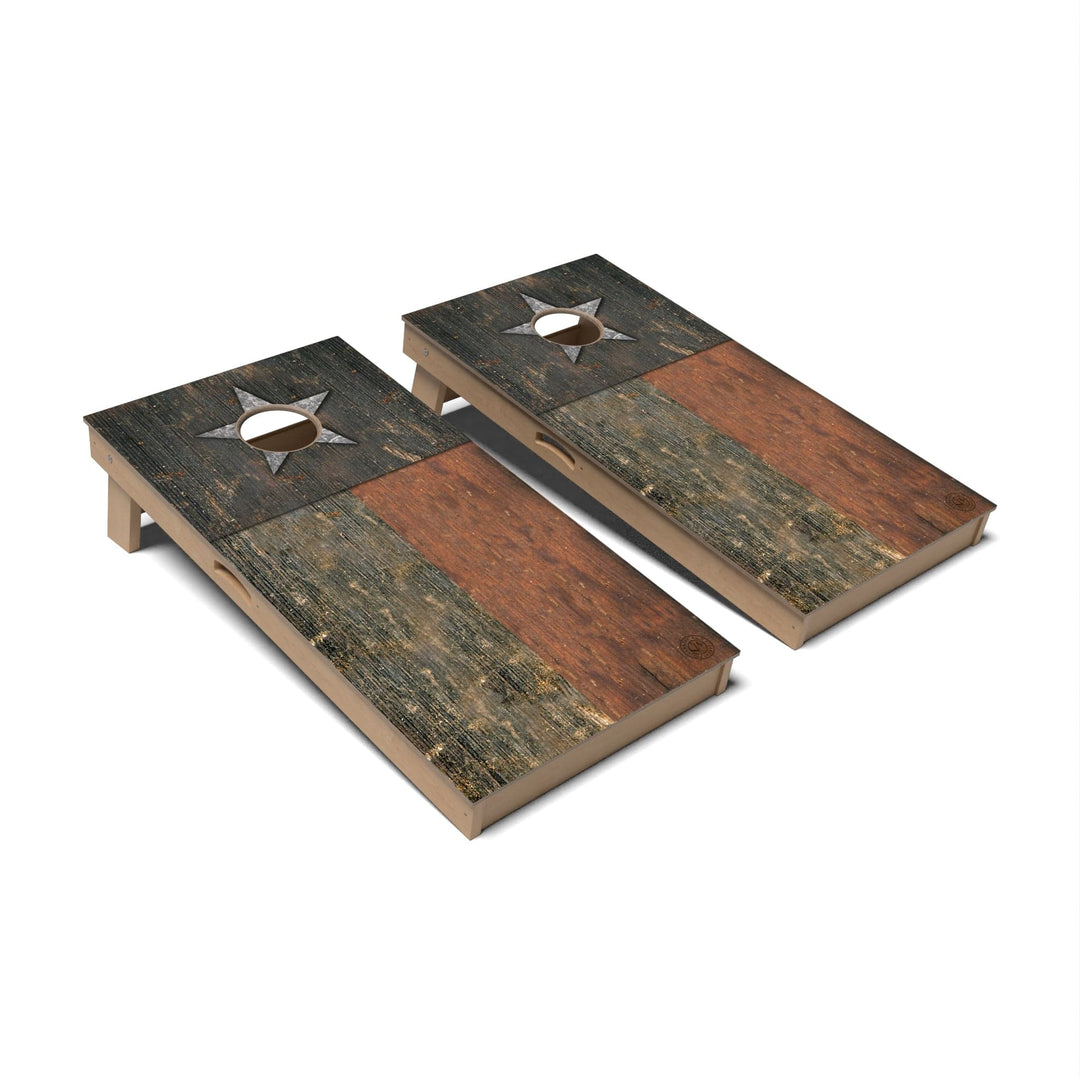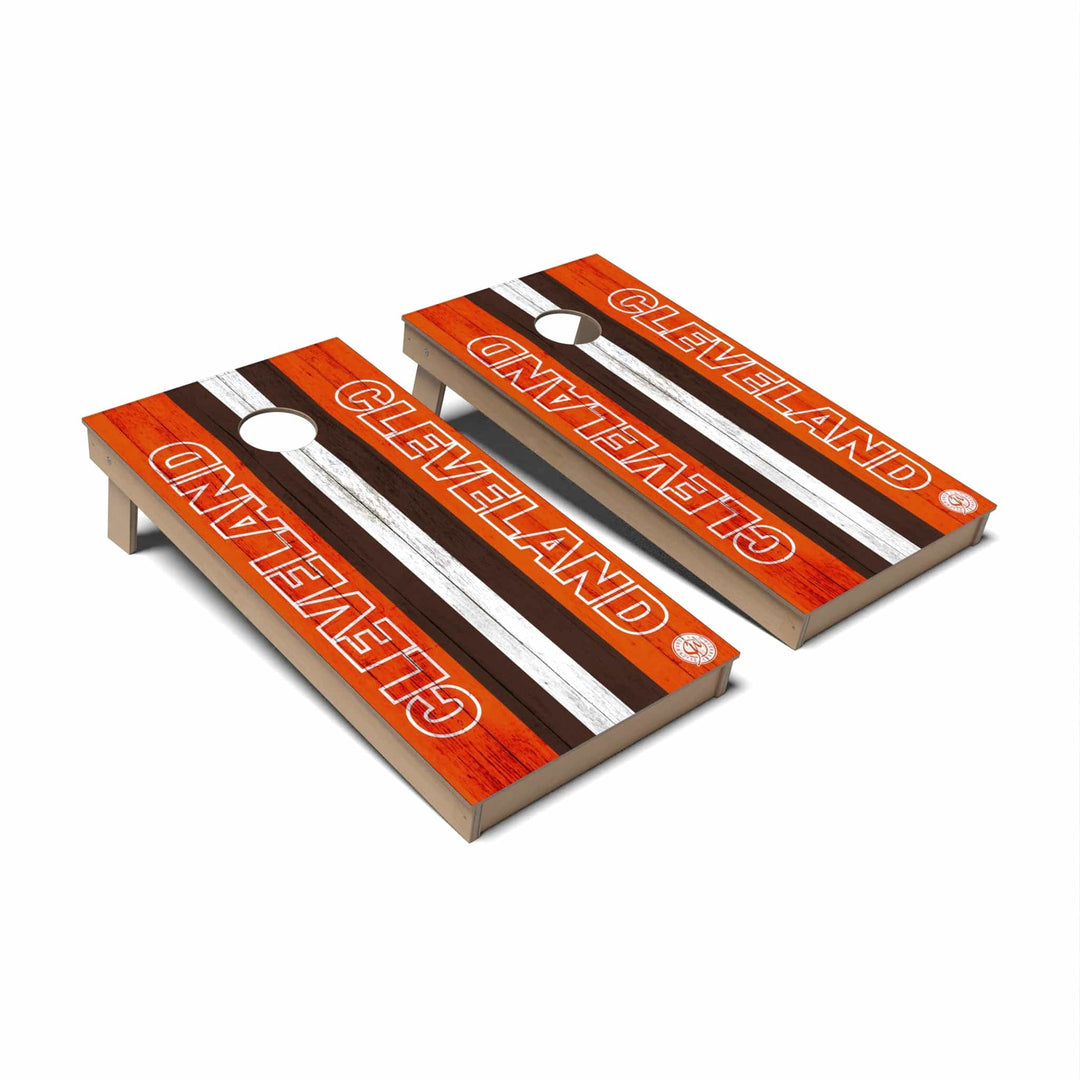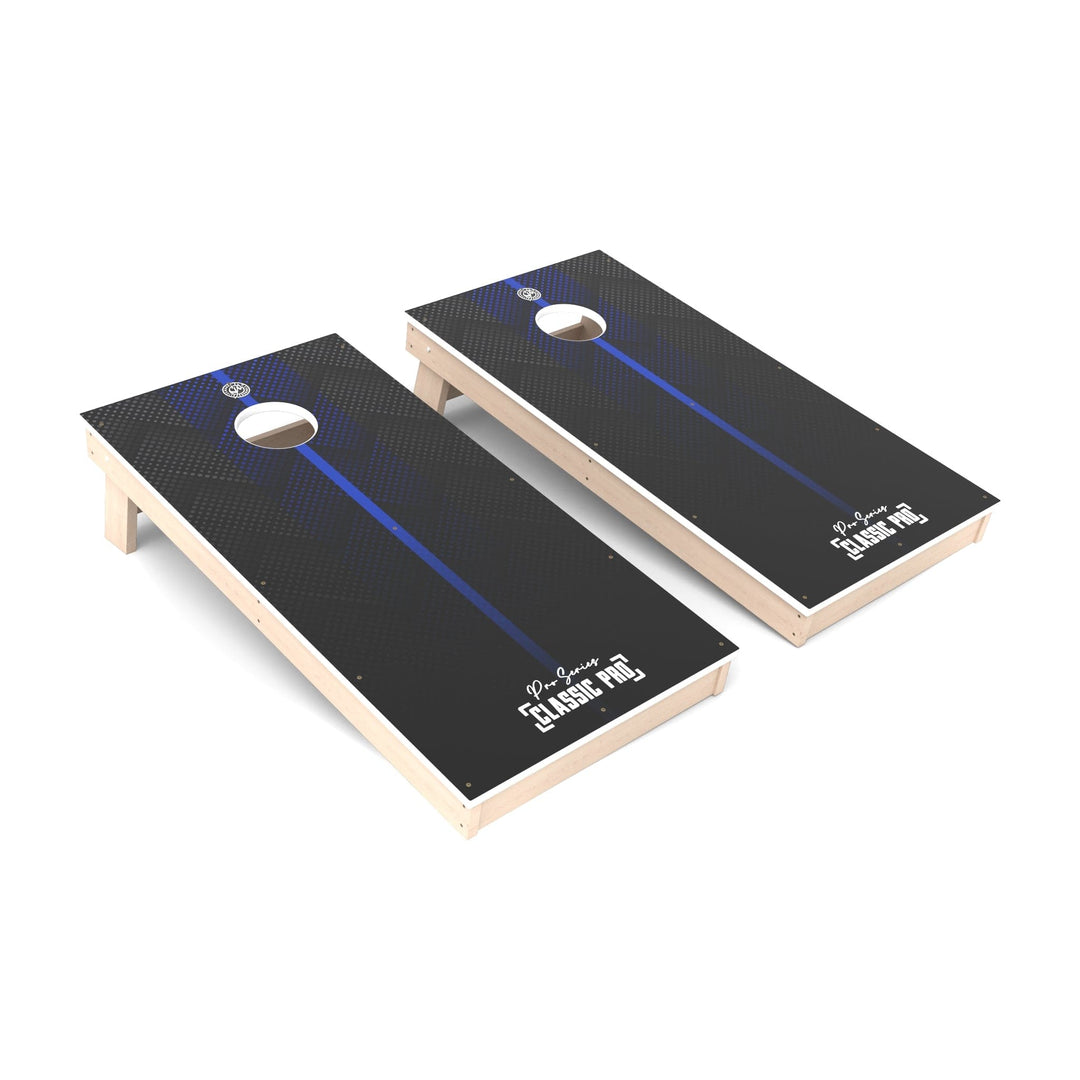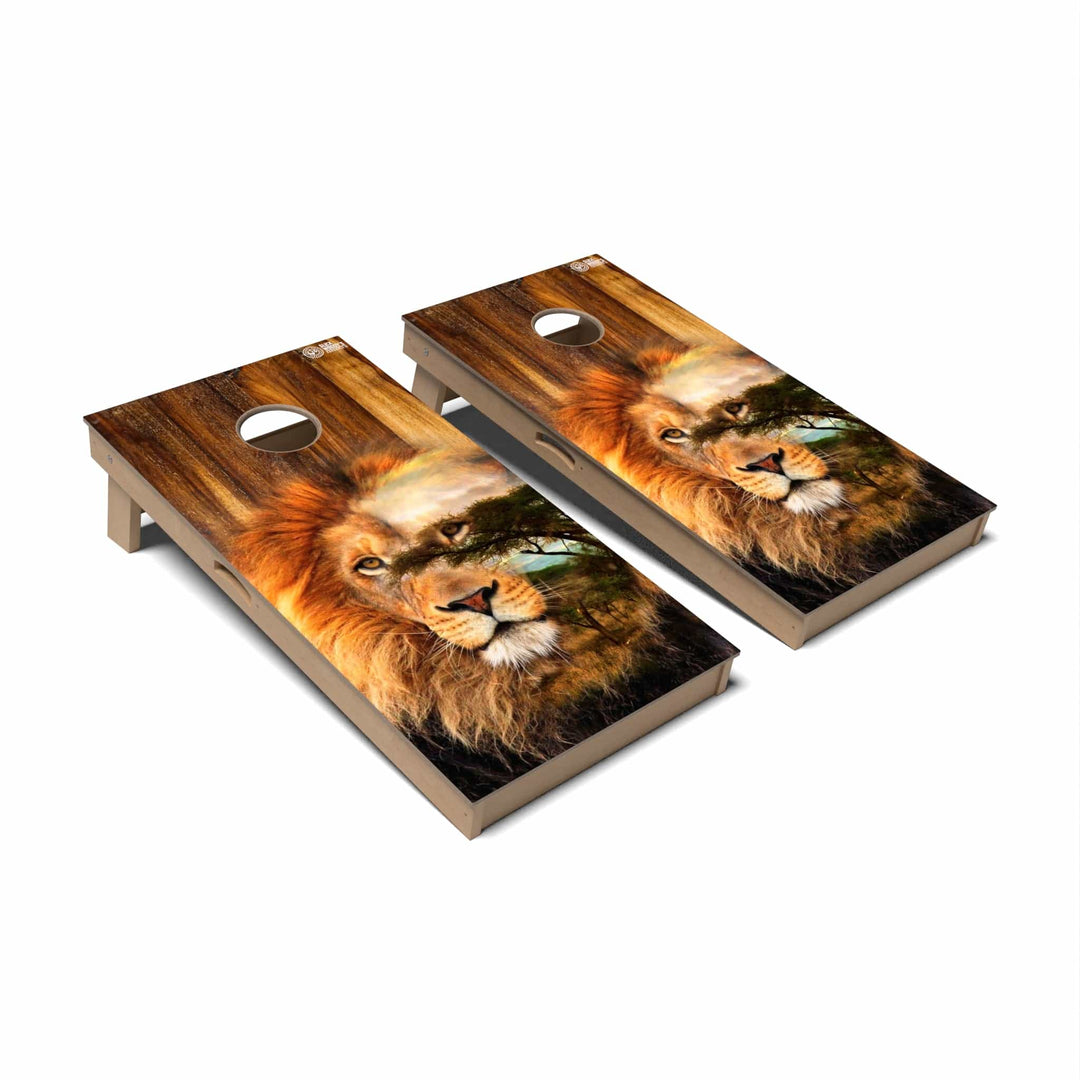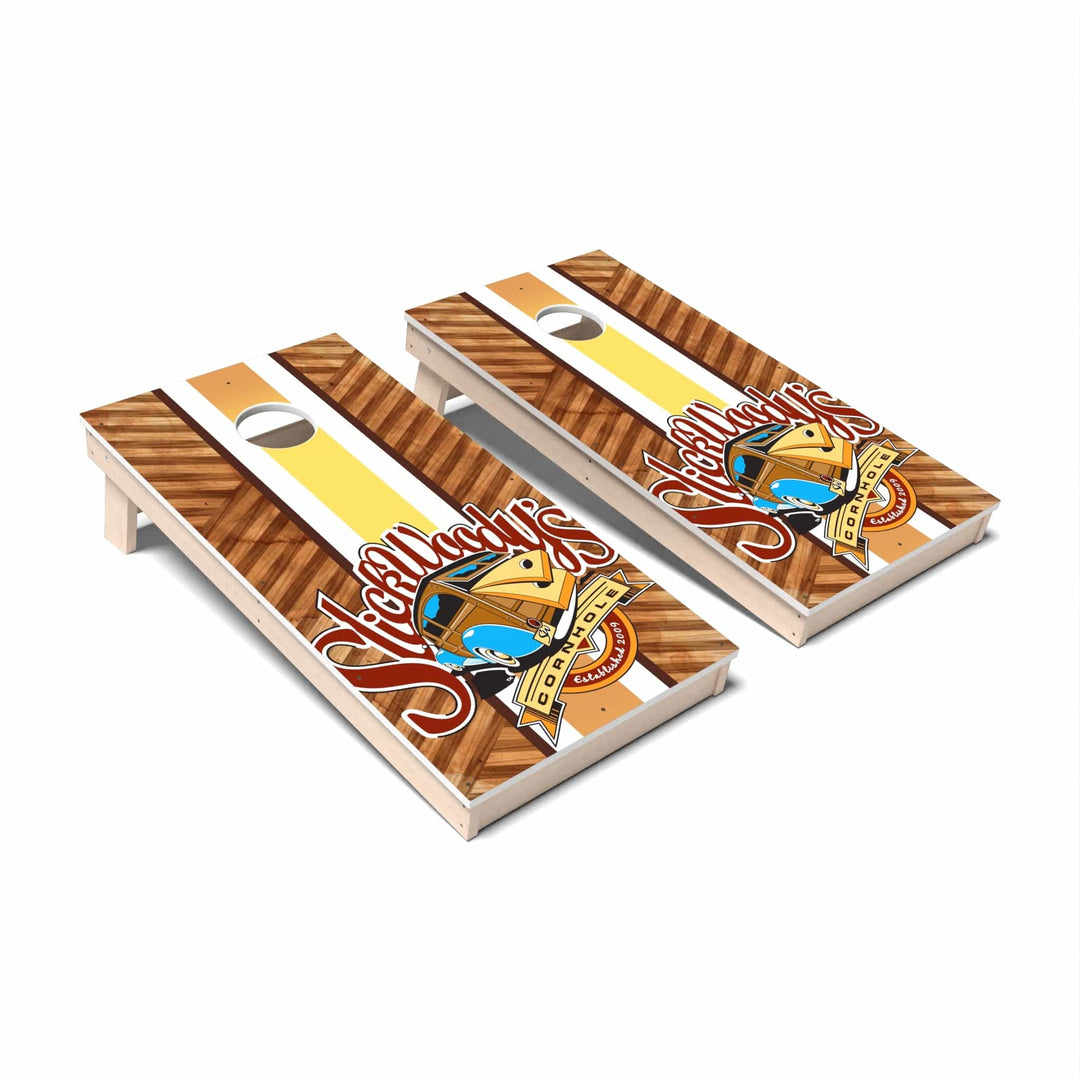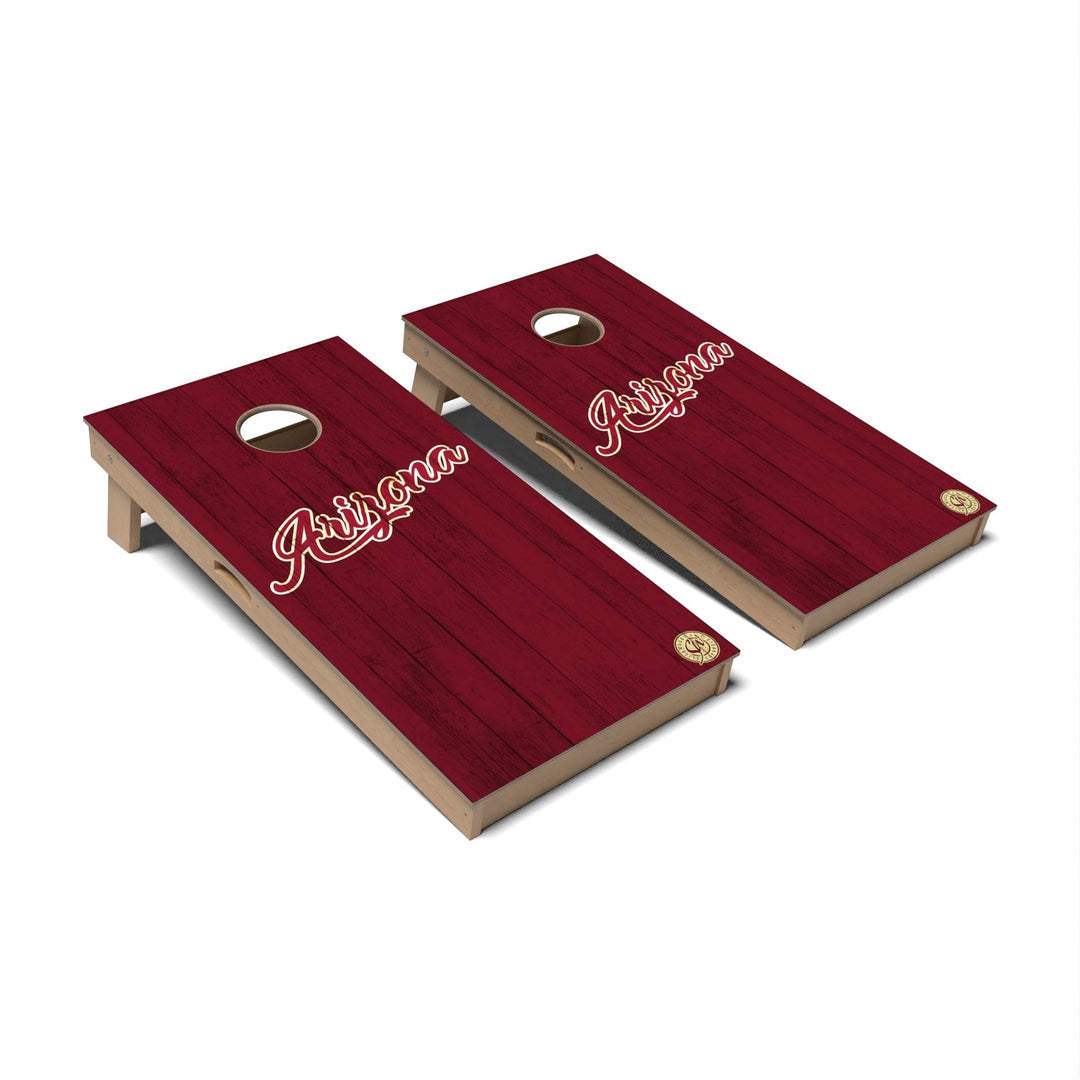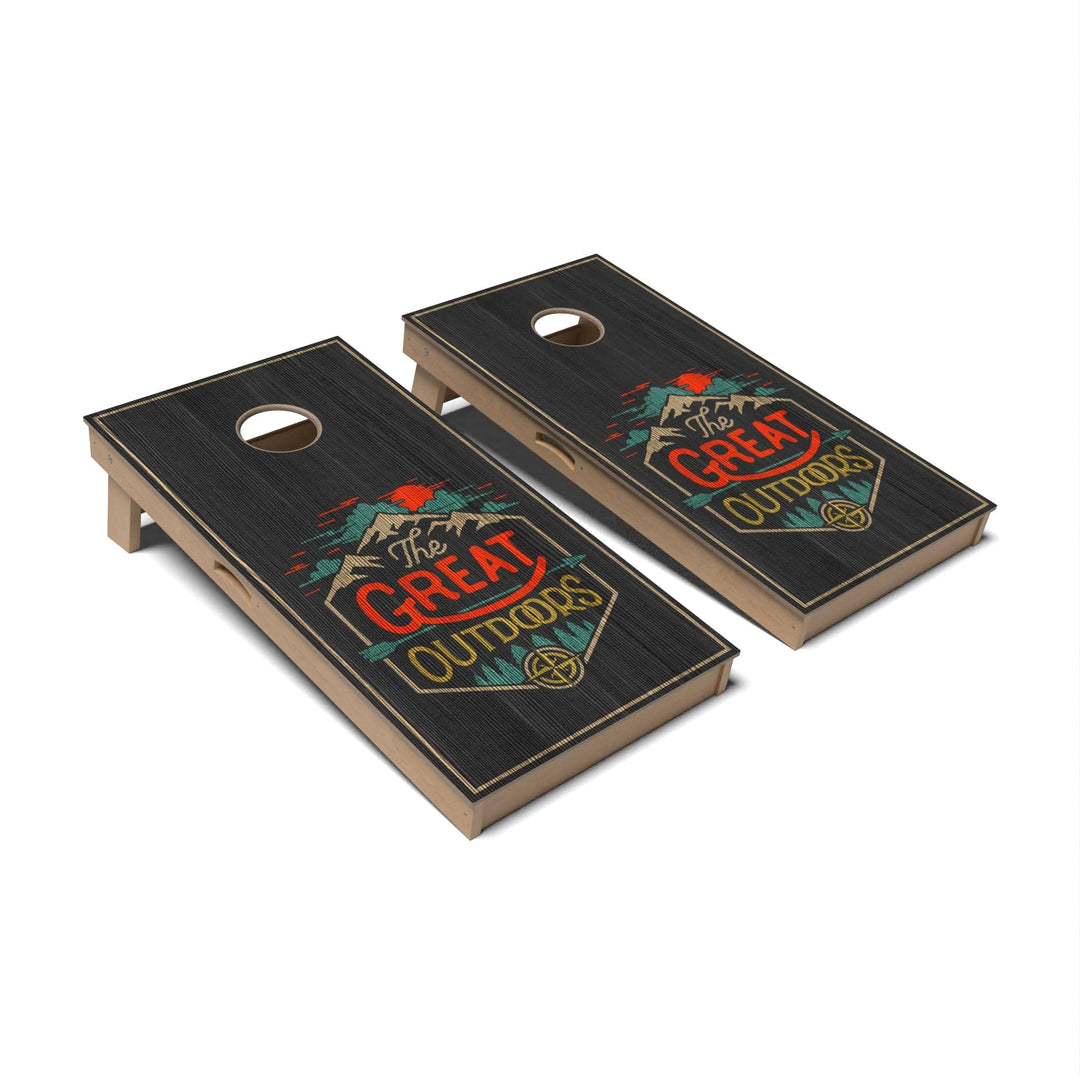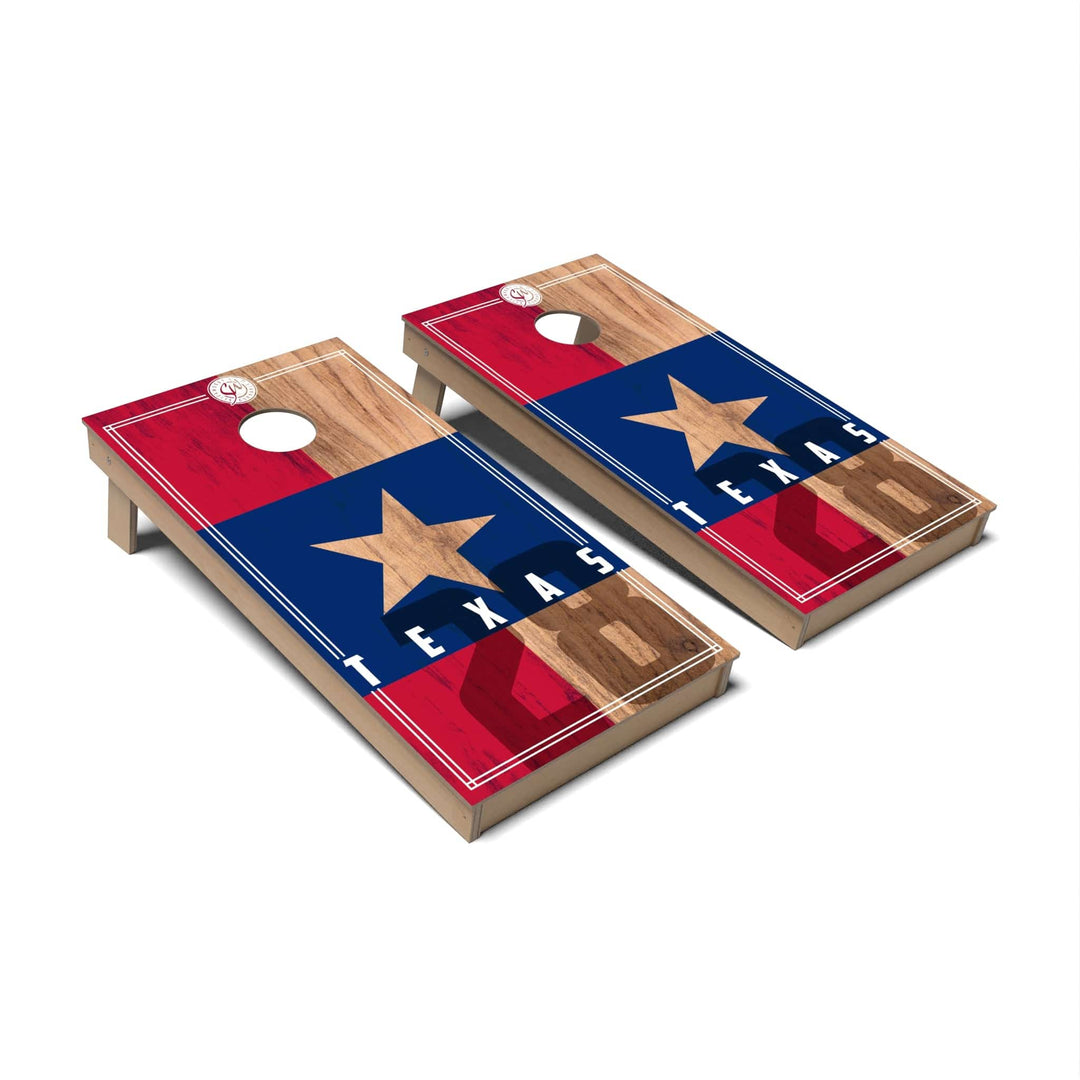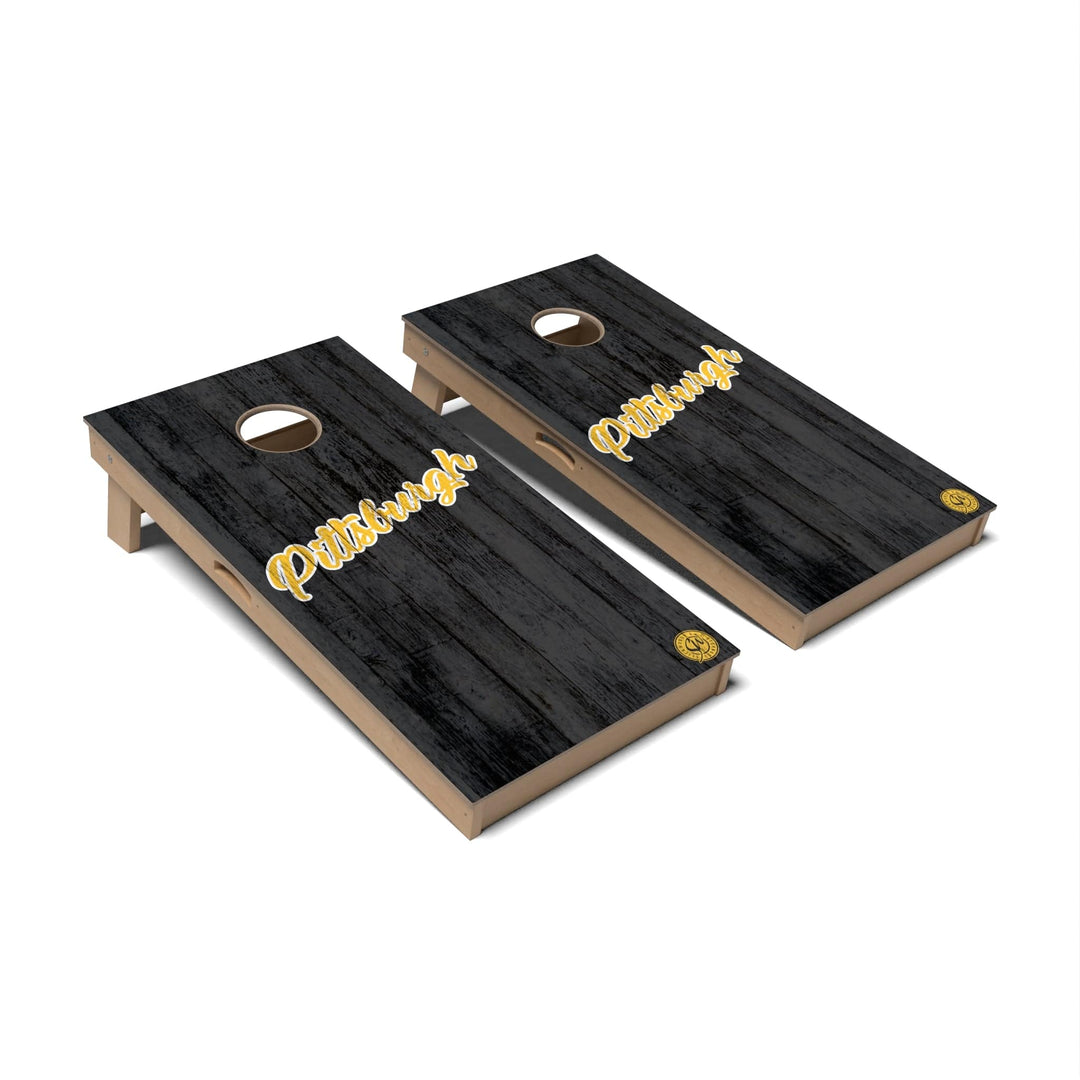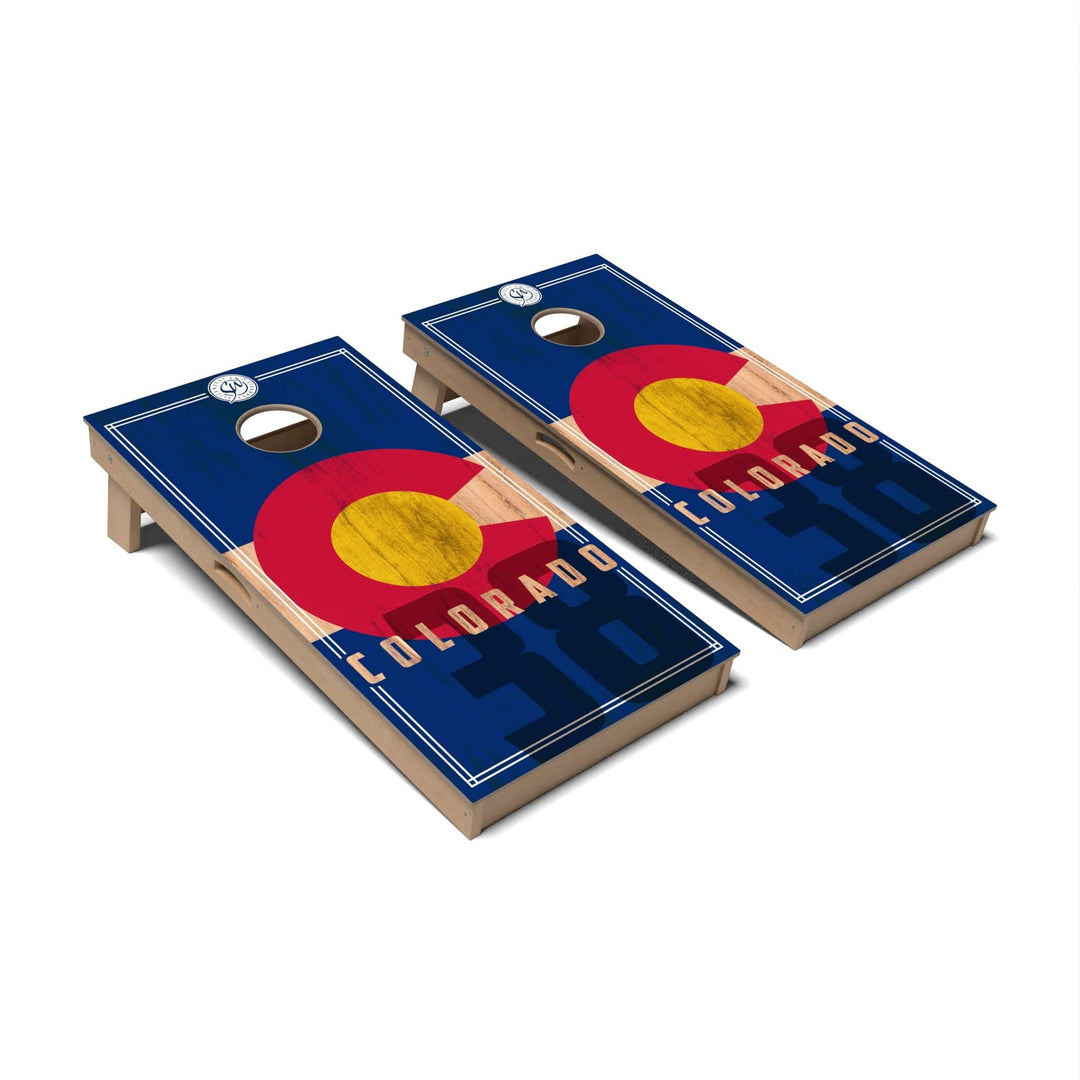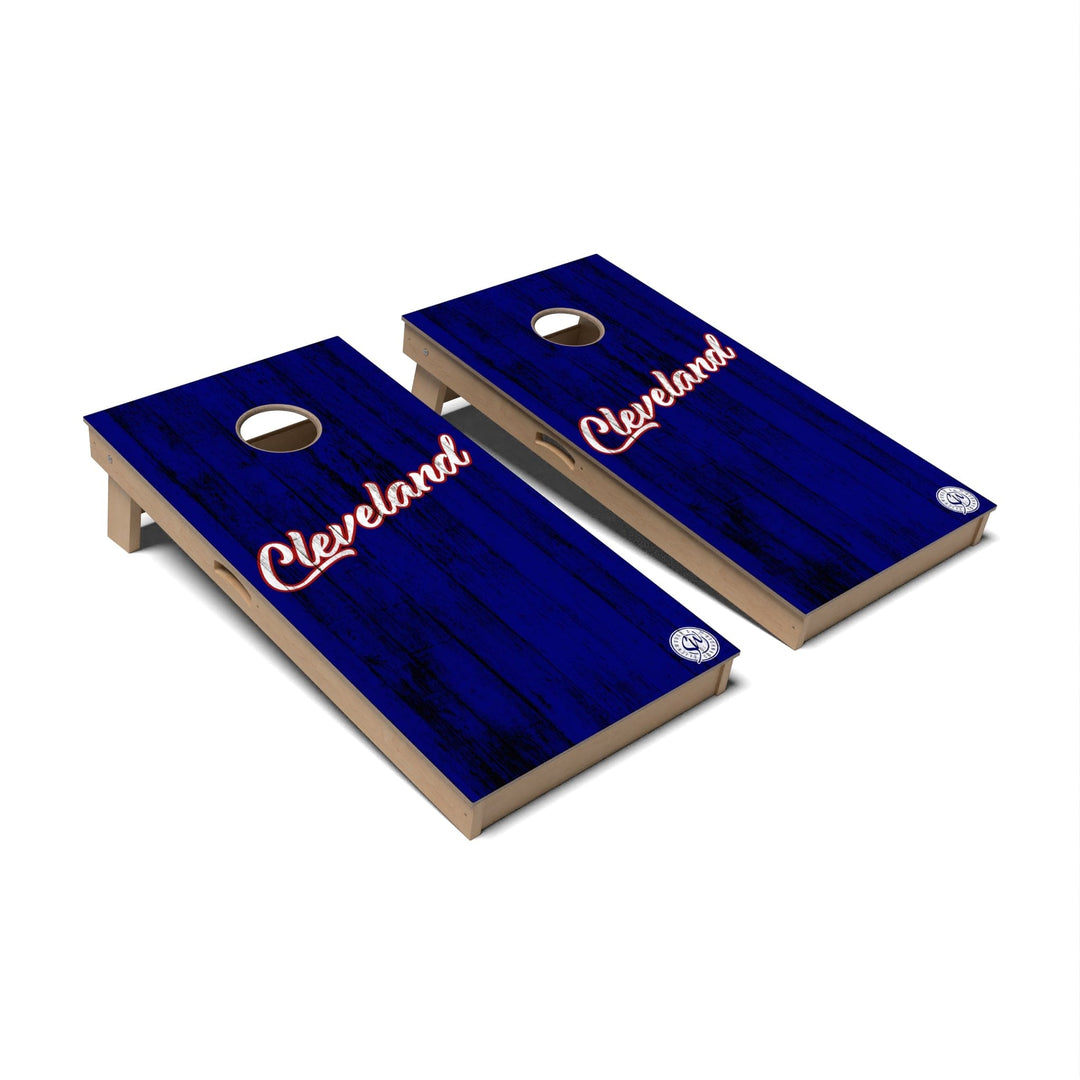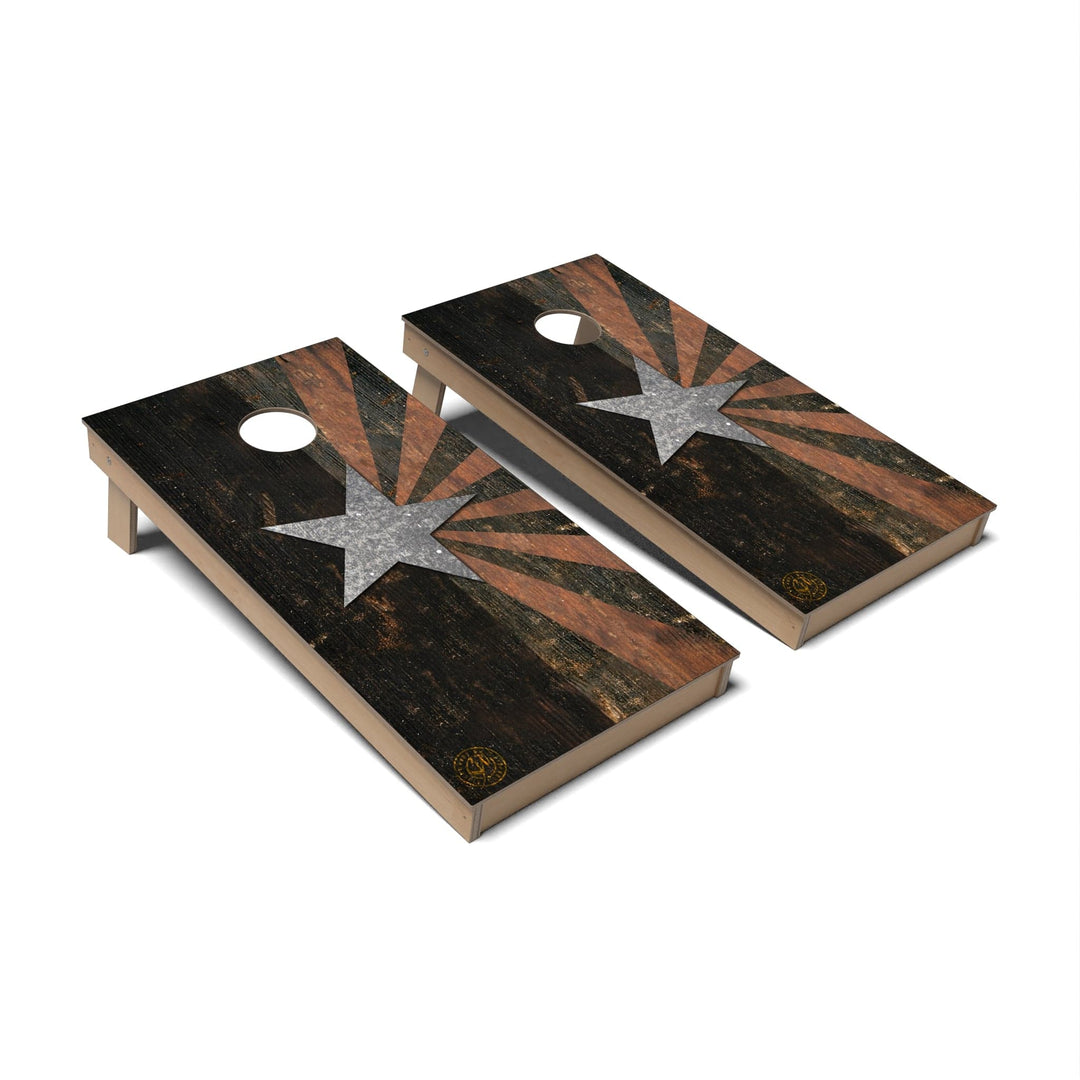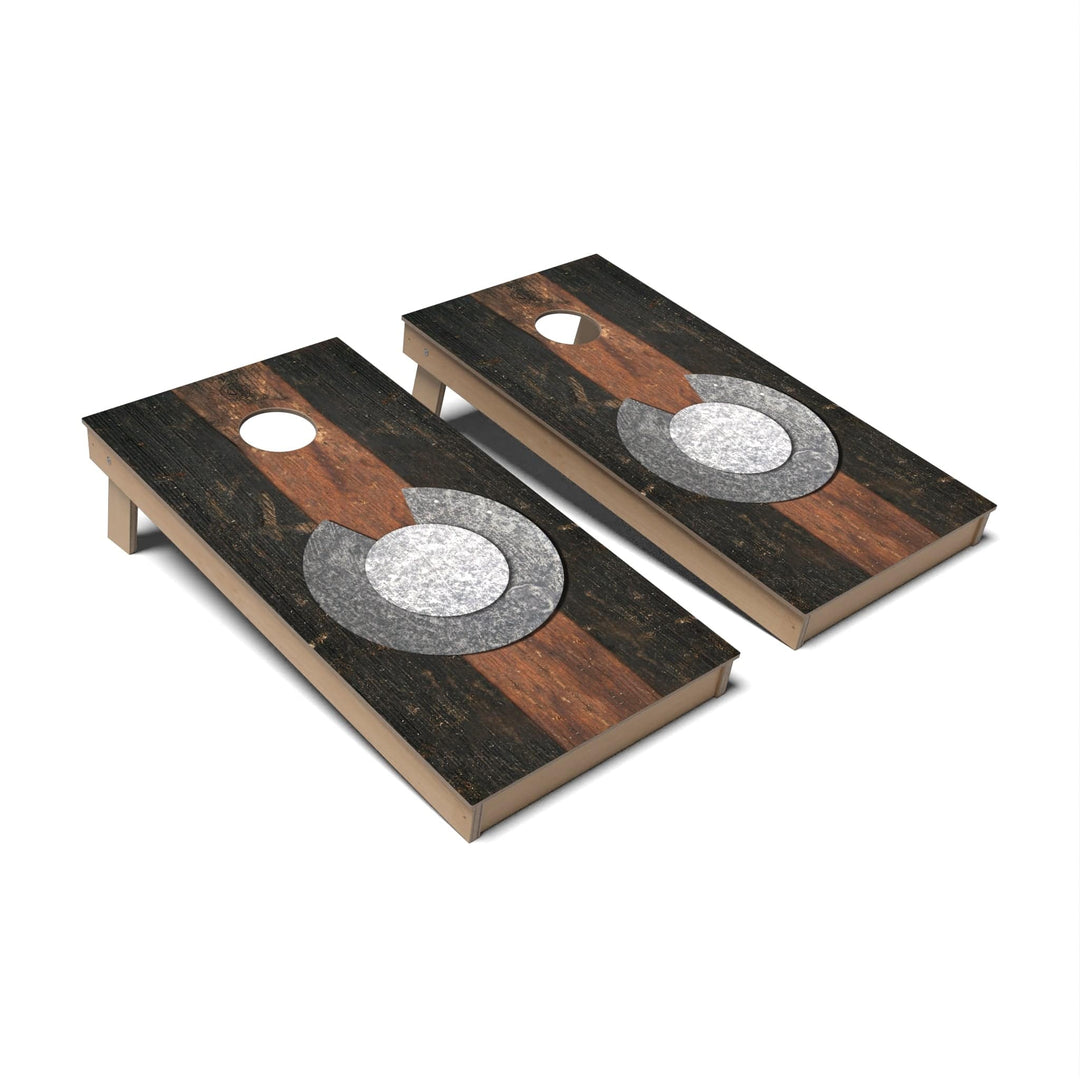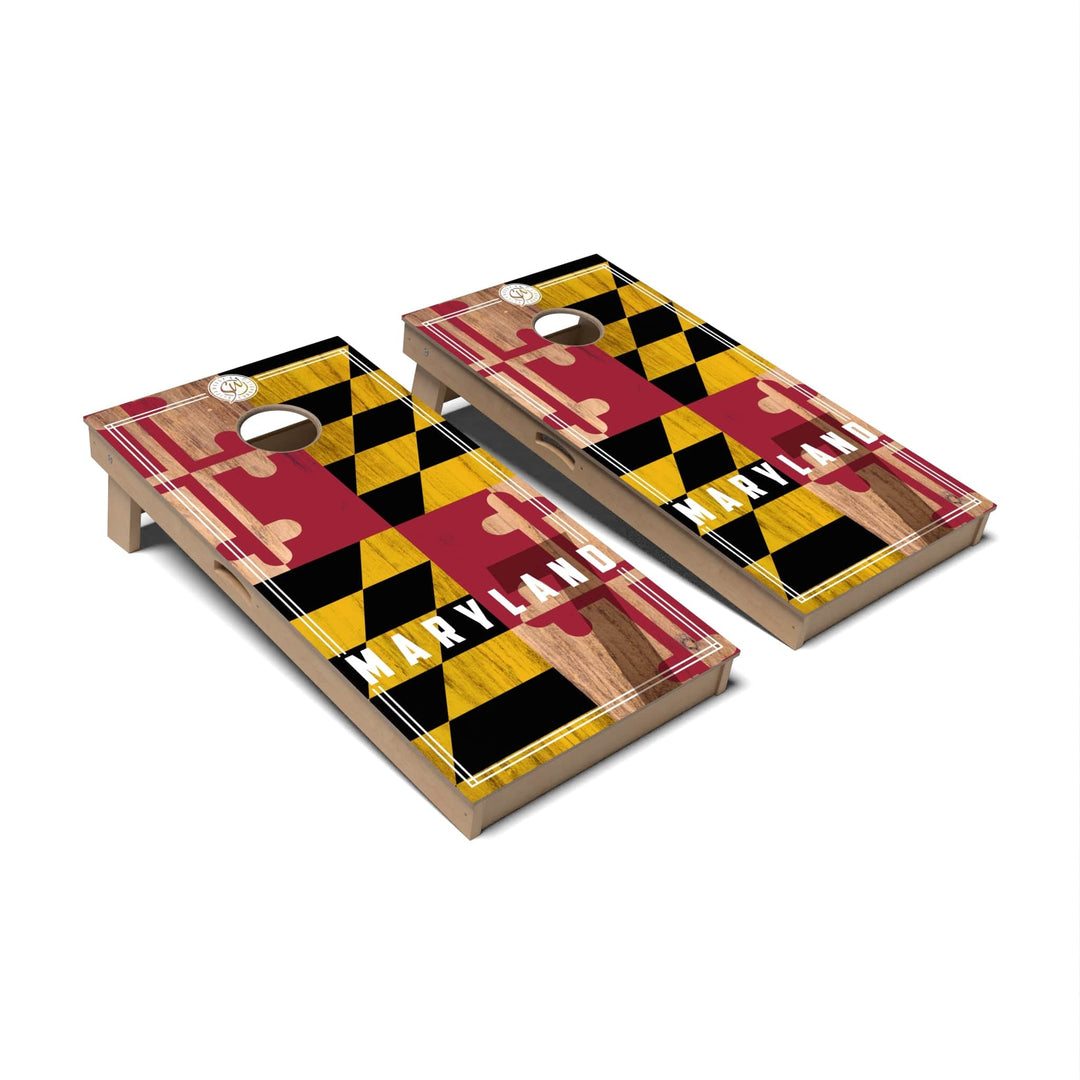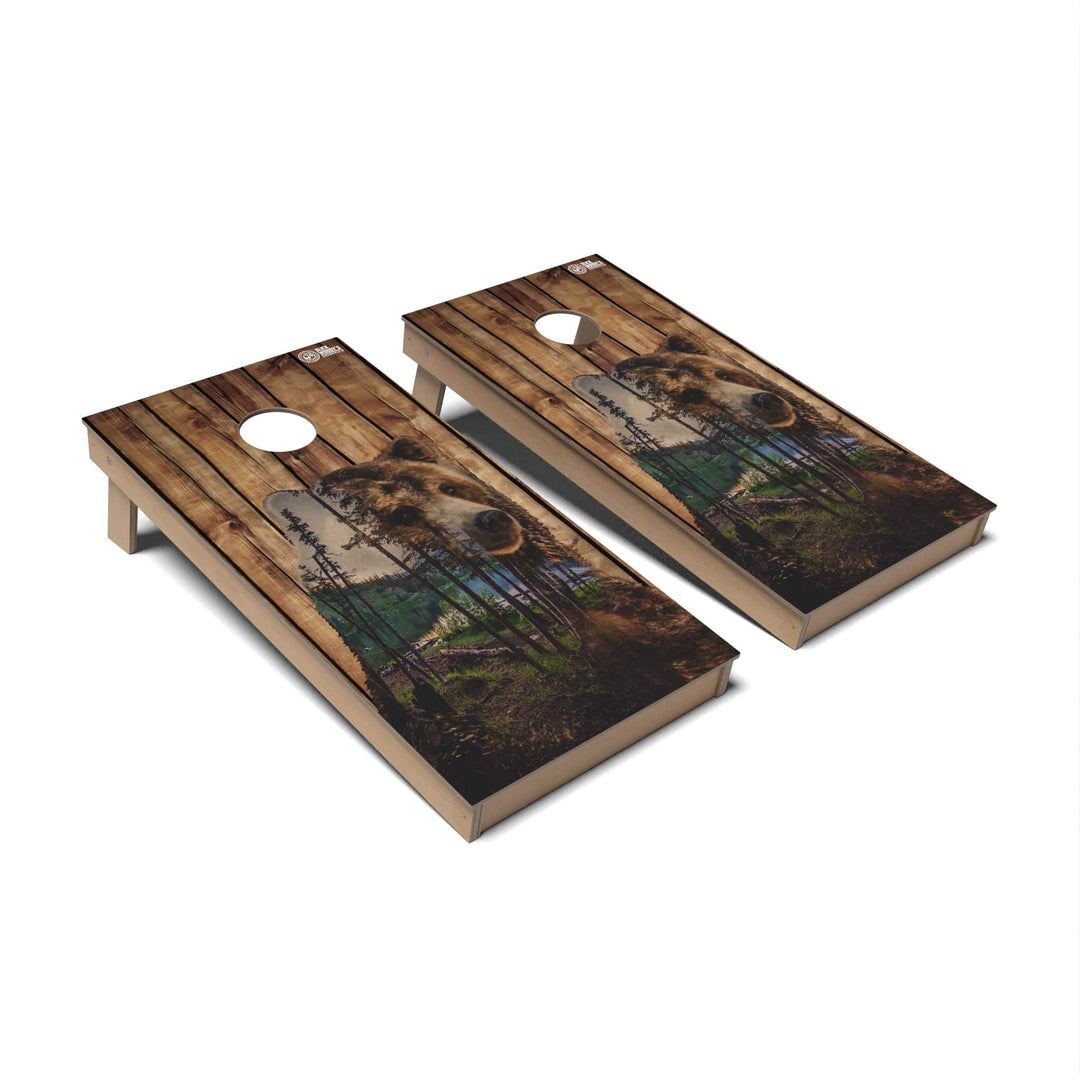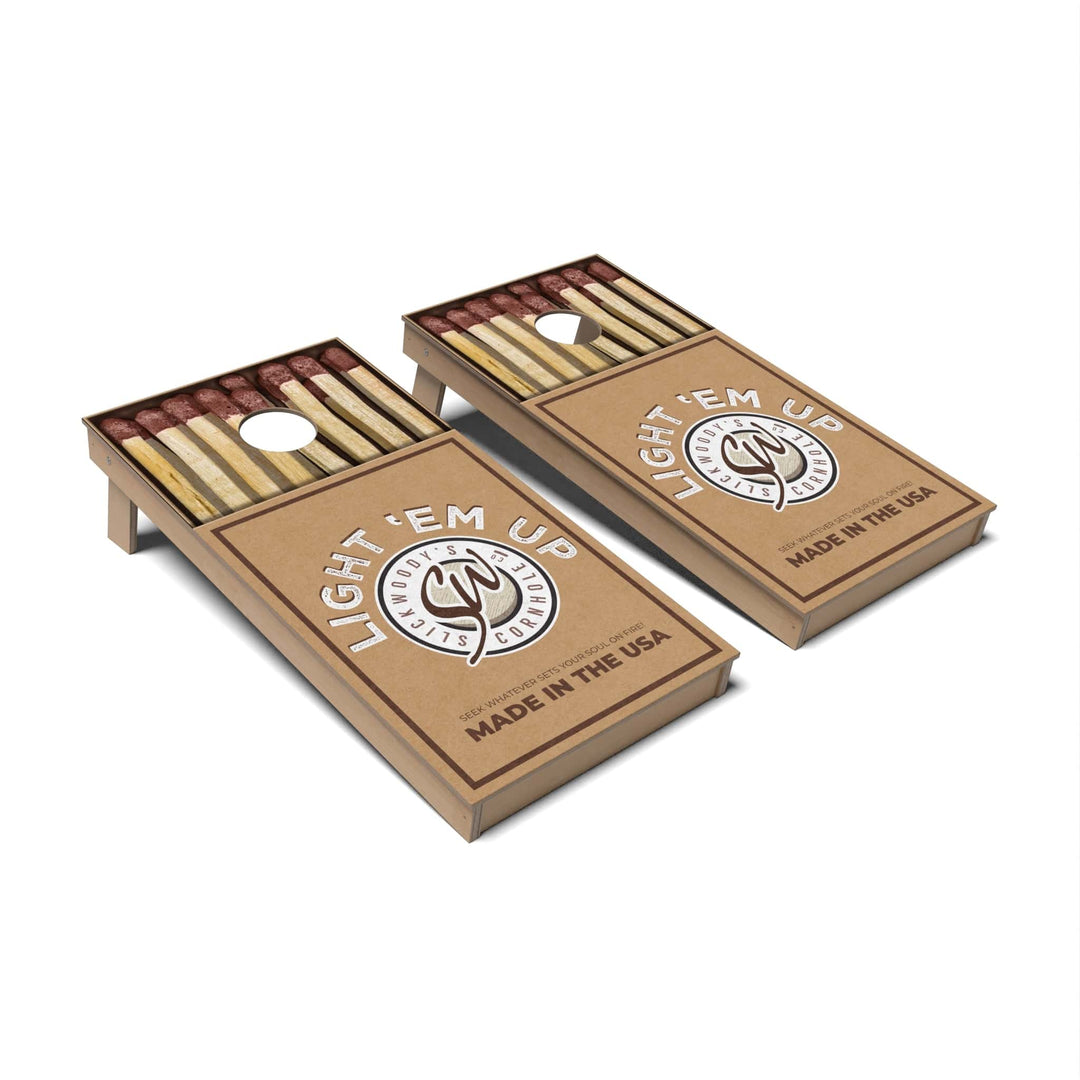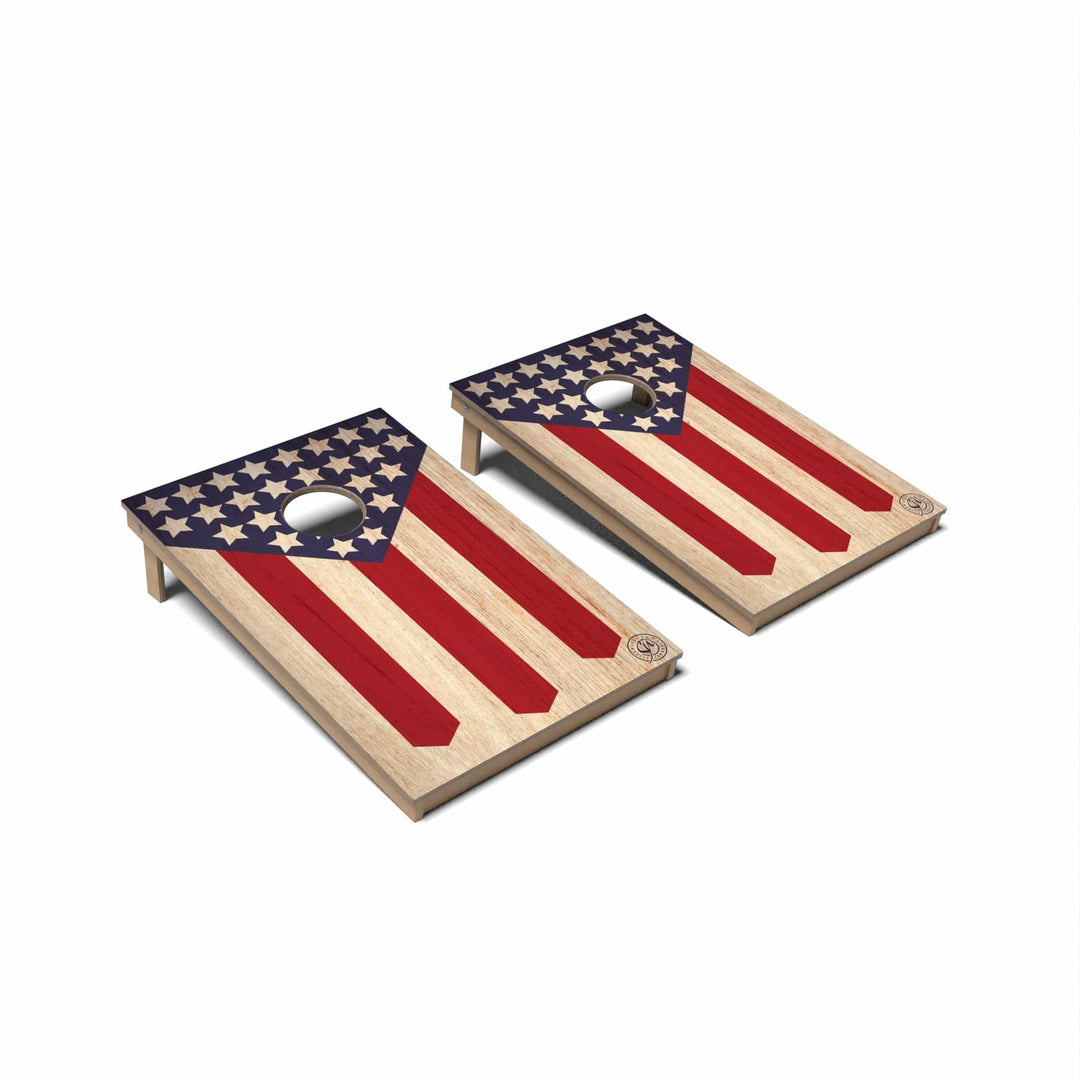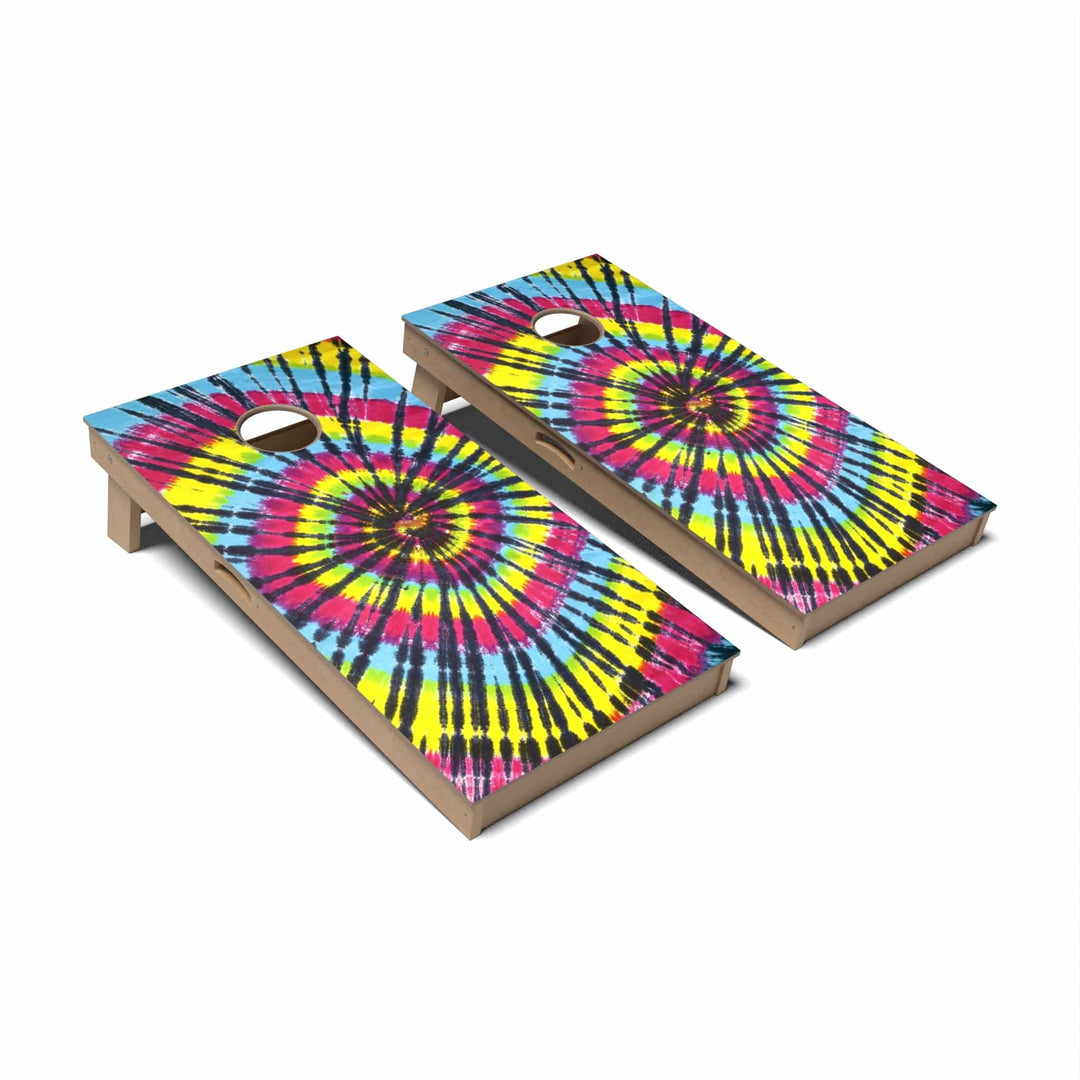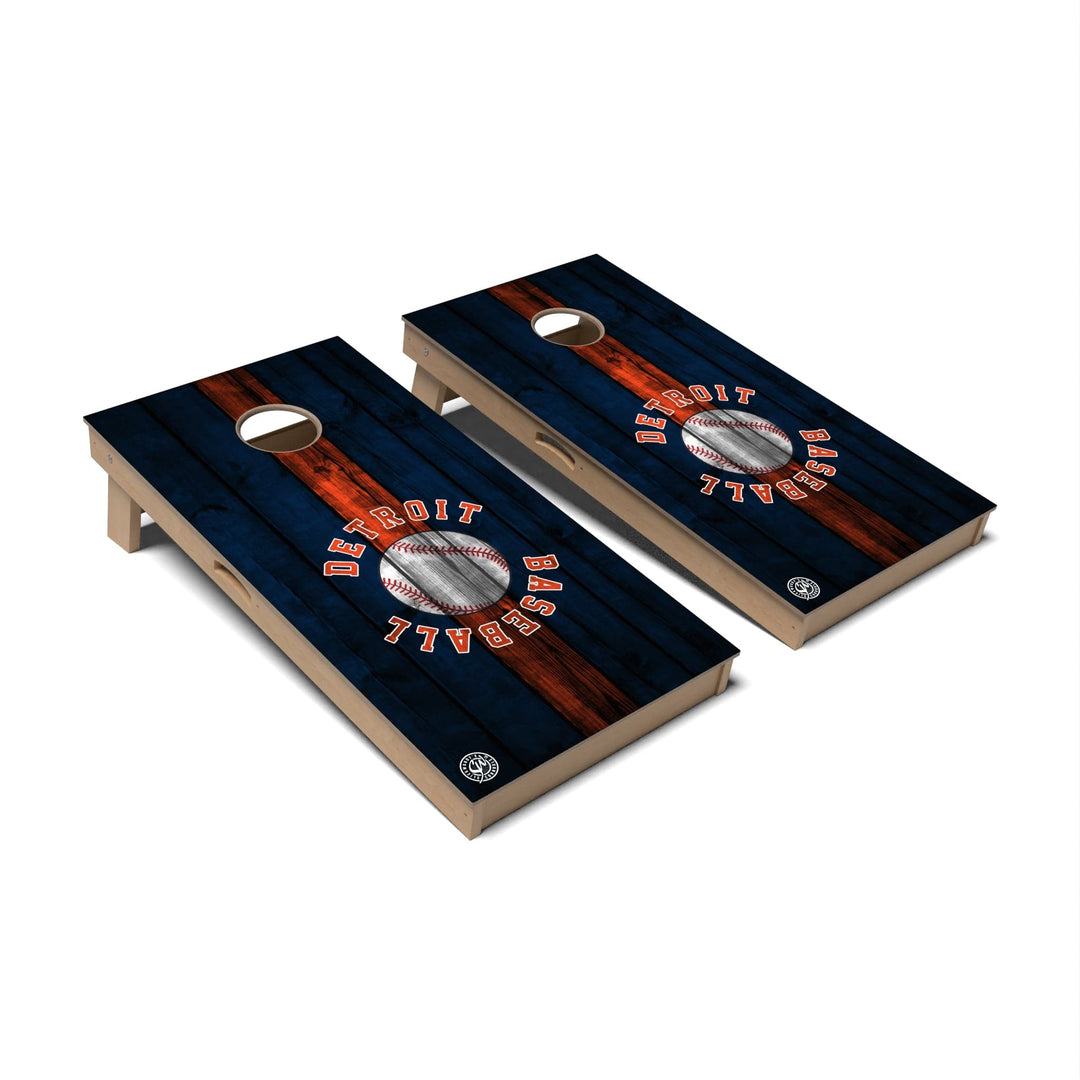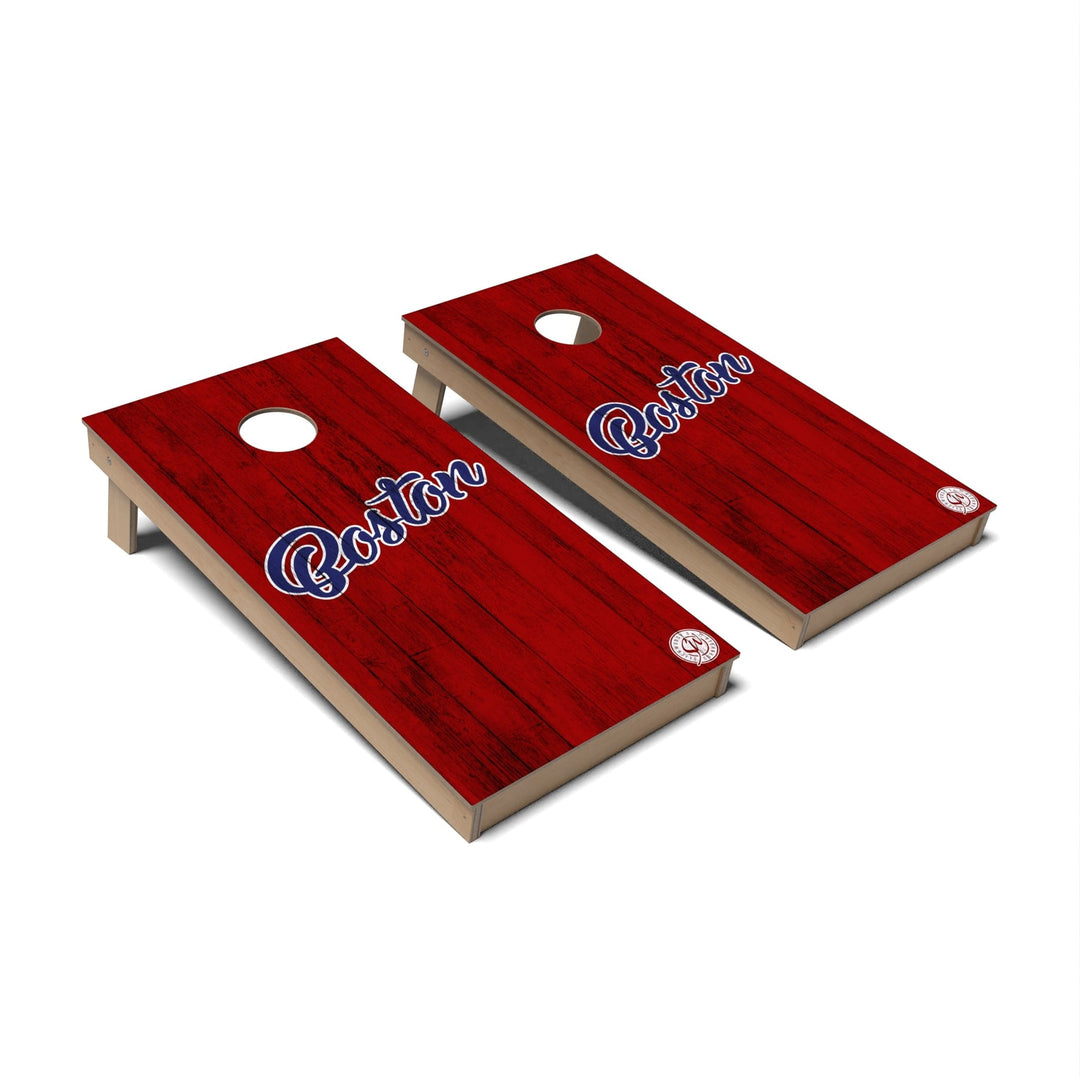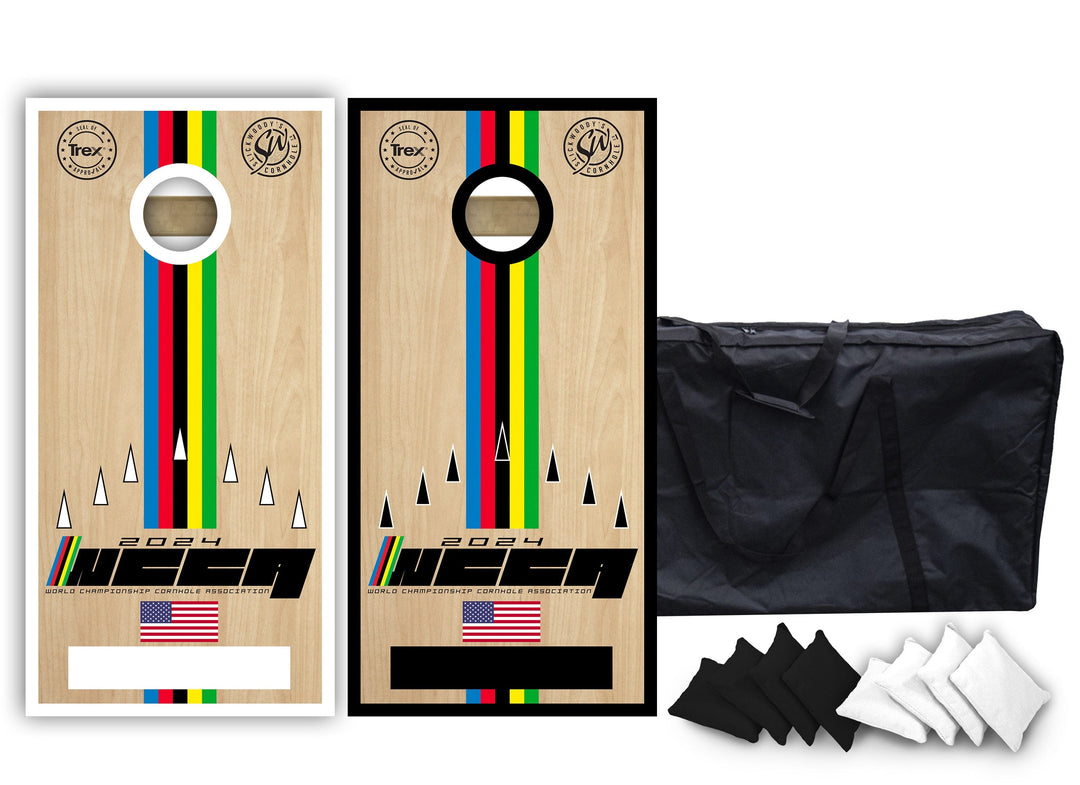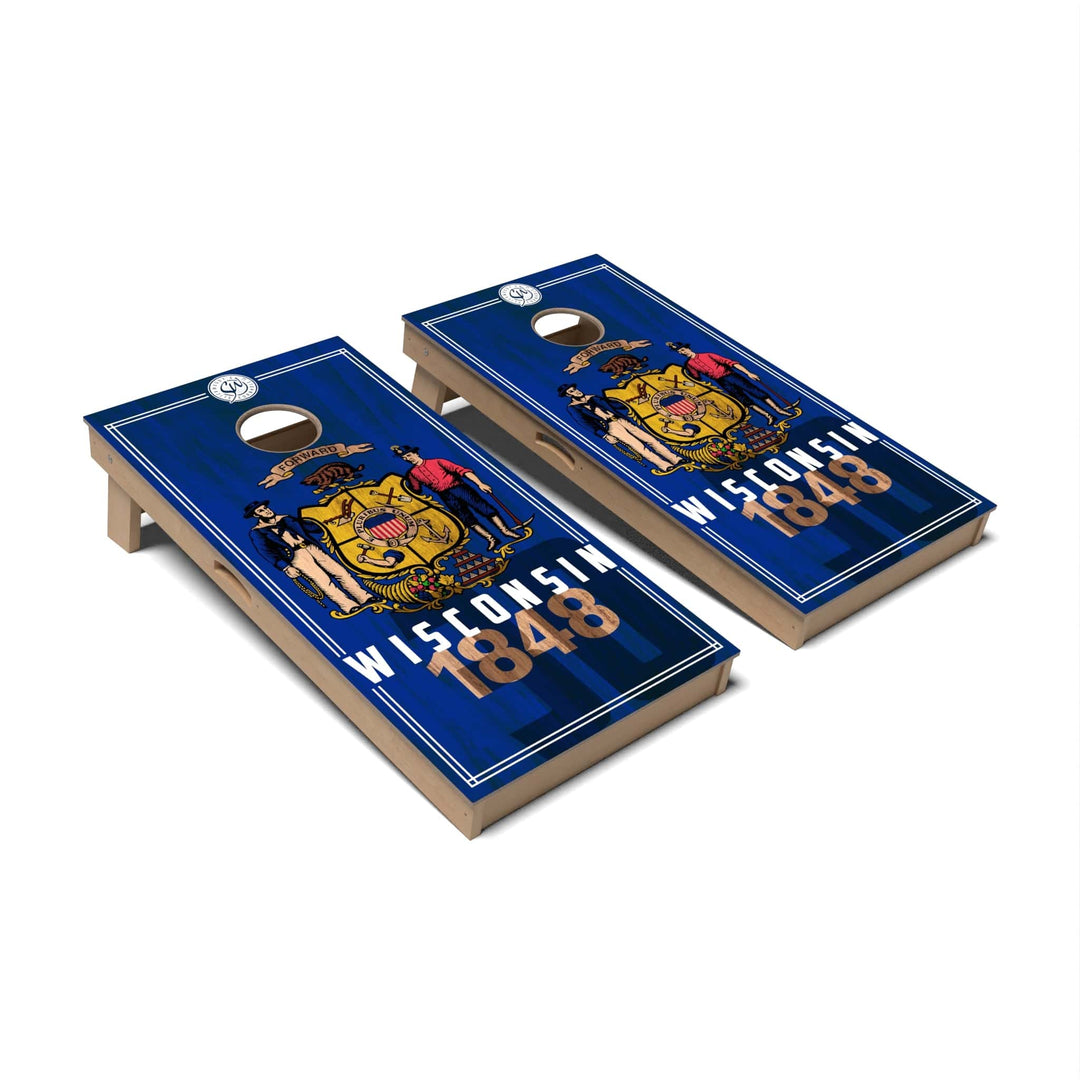Ultimate List of Beer Pong House Rules (2024)
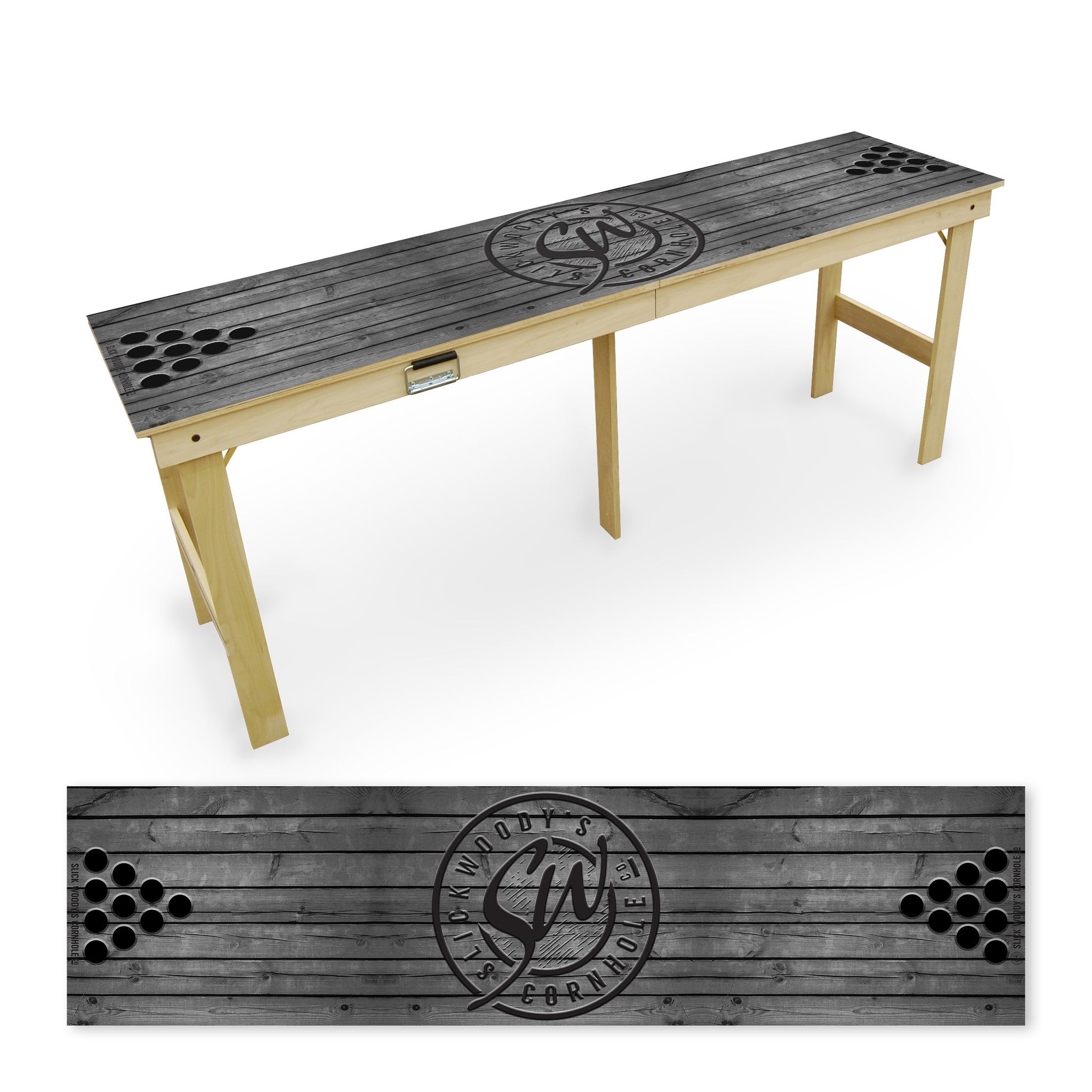

If you’ve ever been to a college party or have been tailgating before, then most likely you have either played or watched a beer pong game. Many of the skills that you need to be successful in this game aren't that different than cornhole. The object of the game seems so simple: throw a ping pong ball across a table into a cup of beer. The first team to sink all their shots wins. Seems easy enough, right? But you’ve probably heard your friends spout off some “rules” that have not been familiar to you. For example, have you heard of the beer pong island rule? (No, a tropical vacation is not involved.)
So what exactly are these rules? Are they official? Do they change depending on whose house you are playing in? If you don’t ever want to look like a rookie while playing beer pong, familiarize yourself with the following rules.
House Rules vs Tournament Rules
There are two types of rules in which you can play beer pong. The first is known as House Rules. The basic rules are generally the same at every house where you play. Things begin to change with the added rules that each house creates to make things more interesting.
The second type of rules are Official Beer Pong Tournament Rules (WSOBP). These rules remain consistent every time for three purposes:
- Fairness to all players
- Efficiency in running a maximum number of games simultaneously
- Minimization of possible disputes between participants
Because house rules are more flexible (and therefore more confusing) than tournament rules, we’re only going to go over the House Rules in this article. So get out your beer pong table and cups, and let’s get ready to play.
House Beer Pong Rules
For such a simple game, beer pong certainly has a large number of rules. These may vary from household to household, but they all use the same basic rules for gameplay. Here is a list of the basic rules which we will explain:
- Game set up
- Deciding who goes first
- Elbow / wrist rule
- Re-racking
- Bouncing/ swatting
- Fixing cups
- Rookie cup / death cup
- On table rollbacks
- NBA jams on fire rule
- Beer pong island rule
- Rebuttal
- Overtime

1. Game Set up
First things first, you need the essentials. You can use any long rectangular table to play on, but we recommended using a regulation size beer pong table. You will also need cups (red/blue solo cups). Each game requires 22 cups total (10 game play cups and 1 water cup per side). The cups in play are set up in a triangle shape with base of the triangle closest the edge of the table. The third thing you will need are two ping pong balls for shooting. Next, you’ll need the beer you will be consuming during the game. And finally, you’ll need the right number of players: there are two teams with two players on each side (4 total).
2. Deciding Who Goes First
The first game of the night is decided by the two teams going “eye to eye.” One player from each team gets a ball and shoots towards the opposite side while maintaining eye contact with the opposing shooter throughout the entire shot. The first team to make it goes first. If both players miss, or both make it, their teammates now shoot. The cup(s) that are made (a thrown shot lands in a cup) are not removed from the game. Both balls are given to the team that makes the shot, and a round of gameplay commences. After the first game of the night, the winners of the previous game shoot first in the next.
3. Elbow / Wrists Rule
The elbow and wrist rules are to ensure that everyone’s shot reach is equal. When the elbow rule is in effect all players must make sure their elbows do not go past the edge of the table during the act of shooting. The wrist rule is the same as the elbow, only this time, the wrist can’t cross the edge of the table, forcing players to shoot from further away. If these rules are violated the shot does not count. This rule is usually the most argued rule. There is no way to really measure if a player’s elbow/wrist does cross the edge of the beer pong table.
4. Re-Racking
Re-racking is the rearranging of cups during a game. This can only be done twice per team each game. The only times that you are allowed to re-rack is when there are 6, 4, 3 or 2 cups left for your team. If you and your teammate both make your shots during your turn, you get both of the balls back. When you get the balls back you may not request to re-rack until your next turn. The last cup remaining may always be requested to be pulled back and centered.
5. Bouncing / Swatting
We like this rule as it helps keep focus to the game, therefore speeding things up. Bouncing a ball off the table and making it in a cup removes 2 cups from the beer pong table. The cup that ball falls into and a cup that the defending team chooses to remove. The only time that a bounce does not remove 2 cups is when there are only two cups remaining. Bouncing at that point is basically useless. The defending team has the opportunity to swat a bounce at any time. Be careful though: if the bounce is swatted and it doesn’t hit the floor, it is a live ball. That means that even if you swat it there’s still a chance it can get knocked into a cup. If any cups are knocked down by the defending team in the act of swatting, all of the cups knocked down are removed from play.
6. Fixing Cups
Fixing cups should not be confused with re-racking. During a game, cups tend to move around due to the wet surface and balls bouncing off of them. A player may ask for the cup(s) to be moved back to their original place at any time during the game.
7. Rookie Cup / Death Cup
Once a cup is made, the offensive team has the opportunity to try and make a shot in that cup before the contents of the cup can be consumed. If the offensive team can make the cup, it’s called the rookie cup or death cup. Making the death cup means that the team shooting the shot automatically wins the game. This strategy usually works best when the player holding the cup isn’t paying attention or is drinking the contents of their cup slowly.
The cup made has to be removed from the table before it can be considered a rookie/ death cup. If the cup is still on the beer pong table and both balls land in it, they are only worth 3 cups (2 additional cups chosen by defending team). This strategy usually works best when both offensive players shoot their shots at the same time.
8. On Table Rollbacks
When the offense takes a shot and it is missed, that team has the chance to try and get the ball before it hits the ground. If the offensive player can get to it before the ball reaches the floor or the ball rolls back to that player, they can shoot the ball from behind their back. If the shot is made it counts for only 1 cup.
9. NBA Jams: On Fire Rule
When an offensive player has made 2 cups in a row, they can call “heating up.” This means that if they make a third shot in a row they are "on fire". When a player is "on fire" they continue to keep shooting until they miss. If the player does not say “heating up” before he makes his third shot in a row they cannot call "on fire".
10. Beer Pong Island Rule
One time per game this rule can be attempted by each player, if the opportunity is presented to them. This rule goes by many different names—such as solo, iso and lonely cup—but they all have the same concept. If a cup is singled out and no other cups are touching it, this is called solo cup. The cup must be singled out due to the cups that were surrounding it being made shots. If the solo cup shot is made, the team defending must pull that cup plus another additional cup of their choice off the table. The player calling the solo cup may only make that cup during this turn. If the player calling the solo cup shoots and makes another cup on the table that cup remains.
11. Rebuttal
If the opposing team makes the last shot, the defending team has a chance for "rebuttal." During a "rebuttal" each player shoots to try and keep the game from ending. Only one of the team members has to make the shot. If both players make the shot, it's balls back. If the losing team can make all of the remaining cups they have left, the game goes into overtime. If both players on the losing team miss, the game is over. The losing team must drink the remaining cups on the beer pong table.
12. Overtime
 In overtime each team has three cups they have to make. The three cups are formed into a small triangle. The team that didn’t "rebuttal" goes first. There are no re-racks permitted. If there is one cup left it can be pulled back and centered. The first team to make all three cups wins.
In overtime each team has three cups they have to make. The three cups are formed into a small triangle. The team that didn’t "rebuttal" goes first. There are no re-racks permitted. If there is one cup left it can be pulled back and centered. The first team to make all three cups wins.
Now that you know the basic rules of beer pong, you are ready to host a true American party of your own. If you want to get the most out of your beer pong experience, make sure to play on a regulation sized beer pong table.





